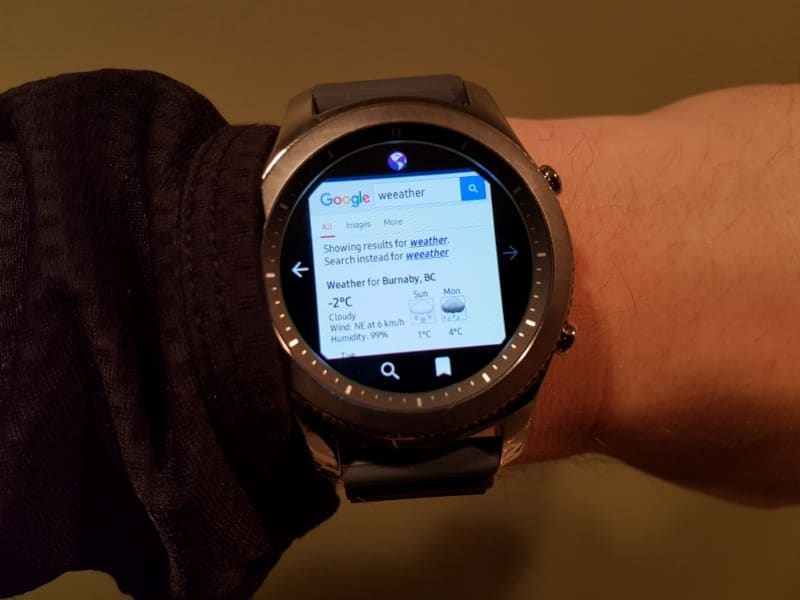Learn about the different types of makeup including those that have been used over the years up until the modern era. See which ones suit your skin type and which makeup looks best on certain occasions.
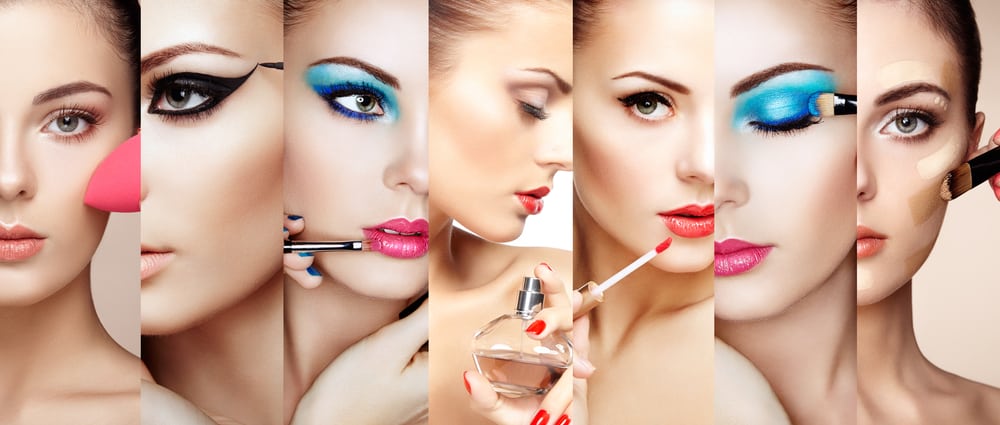
Makeup is one of those things that just is. Everyone’s worn it, everyone’s got something that qualifies as makeup and all the Hollywood celebs have it slathered all over them. But what’s the difference between highlight and contour powder? Why are there are all sorts of different foundations? And which types of makeup have you never even heard of before?
There’s a lot to know about makeup, which is actually one of humankind’s very first inventions. For almost as long as people have existed, they have been finding ways to paint their faces to make themselves look more attractive. So how many makeup tricks do you have in common with ancient and historical glamor girls like Cleopatra?
Table of Contents
- History of makeup
- Makeup Types
-
FAQs
- What types of makeup do you need?
- What types of makeup foundations are there?
- How do you wear types of makeup for different occasions?
- Can you bring makeup on a plane?
- Can you wear makeup after botox?
- Can you wear makeup after a facial?
- Are makeup wipes bad for the environment?
- How do makeup artists apply lipstick?
- Will makeup make acne worse?
-
Will makeup cause acne?
- Who invented makeup?
- Which makeup brands are cruelty-free?
- How do you know which makeup looks best on you?
- What are parabens and are they safe?
- What are the right steps to apply makeup?
- Is primer necessary?
- How can you make your makeup look natural?
- How do you match foundation?
- What is mineral makeup?
- What is HD makeup?
- What is permanent makeup?
- Why is it called makeup?
History of makeup

It’s famously well-known that the ancient Egyptians used makeup to enhance their looks. Cleopatra was known to use cosmetics on her face, grinding carmine beetles to make lipstick. Ancients throughout the Greek and Roman empires used makeup. They ground down stones and minerals to make colorful powders.
When things got weird
After the classical era, makeup trends changed. During the Middle Ages and throughout the Renaissance, pale skin was in. Colorful cosmetics were not at all trendy and they were considered to be for the lower class. Instead, it was popular to cover the skin with a mixture of lead and vinegar that was actually extremely dangerous.
Modern makeup
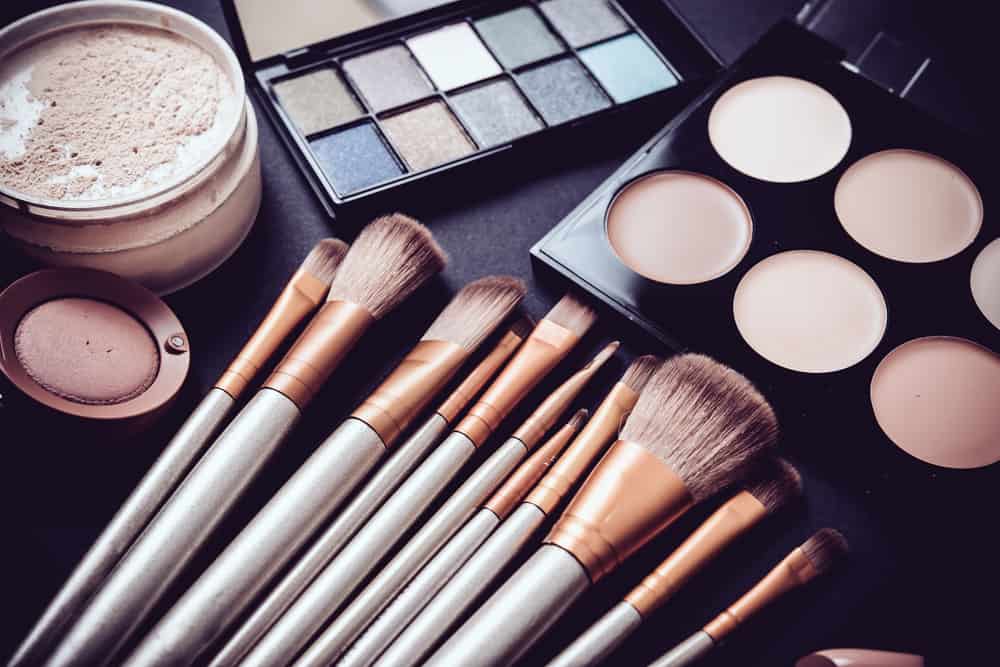
It wasn’t until the 20th century that modern makeup emerged. This is when familiar items like lipstick and mascara became available for purchase. A combination of things came together to begin the makeup revolution of the early 1900s. Those things were the movie industry and a man named Max Factor.
Max Factor
The early 1900s saw the birth of motion pictures. With the invention of moving images, an industry was born. The heavy powders that were used as stage makeup at the time did not look so great on camera. In 1914, a man named Max Factor invented a greasepaint foundation that didn’t crack or cake up. Factor was familiar with the movie studios because he provided wigs to several Hollywood movie makers at the time.
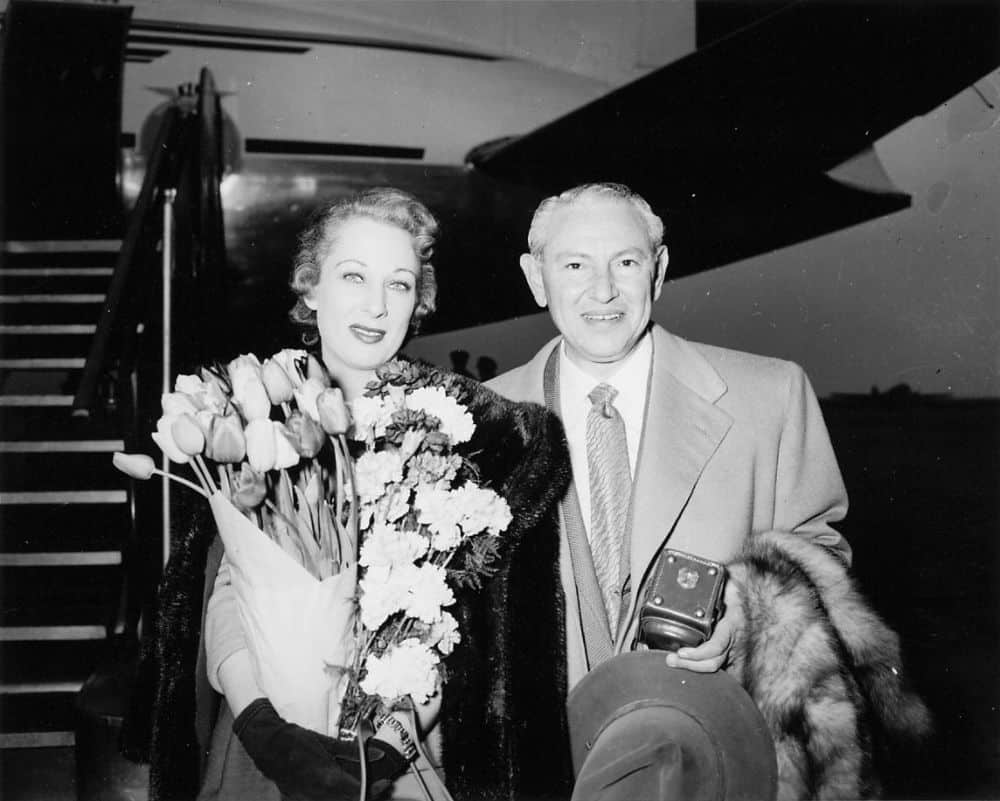
His foundation was a hit and Max Factor embarked on a whole new career. He went on to create lip gloss and an eyebrow pencil. In fact, he’s the one that coined the word “makeup.” In the 1920s, he started selling his creations to the general public. The marketing campaign said that the makeup could make you look like your favorite movie star. The public ran to the stores to buy every makeup product he created.
Makeup Types
Concealer. Foundation. Eyeshadow. Lipstick. When you start thinking about all the different types of makeup you’ve tried, the list starts to get pretty long. But you may be surprised to learn about the many, many different types of makeup that have been used over the years, and how they first started getting used to begin with. The history of makeup is as long as the history of mankind itself. And in that long history of makeup…well, they haven’t all been winners.
Bronzer
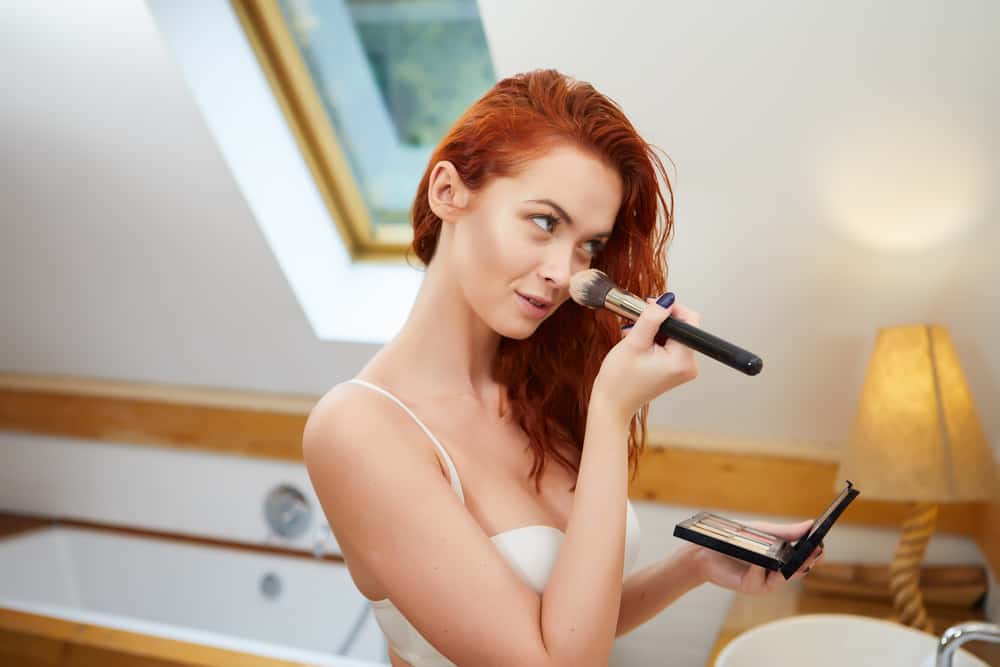
Bronzer is the makeup that’s suddenly everywhere. It’s essential for creating that natural, sunkissed glow. But unlike many types of makeup, bronzer doesn’t have its roots in ancient beauty customs. When it comes to the history of makeup, bronzer is still pretty new.
Bronzing the pale
For thousands of years, pale skin was in. Women went to extremes to achieve it. Not only did they hide their skin under big hats and parasols, but they also covered their skin with toxic chemicals to create unnaturally pale skin. This wasn’t harmless loose powder like makeup of today. At one point in history, women smeared white lead paint on their faces.
Through the medieval era, during the Renaissance, throughout the Victorian Era and through the Edwardian Era, pale skin was the beauty ideal and the sign of a well-bred, attractive woman. All that changed literally in a single day because of one woman: the one and only Coco Chanel.
In 1923, Coco Chanel was already a fashion designer to watch and a trendsetter that others follow. While romping on a yacht on the Cote d’Azur, she didn’t cover up from the sun and ended up getting a tan. When she disembarked from the boat with bronzed skin, it set off a sensation. Suddenly, having a tan was the hot look.

By the mid-1920s, everything had changed. Where once, pale skin was a sign of being high class, now a suntan was the mark of wealth. If you were tan, you had plenty of time for frolicking on beaches, sunning yourself poolside at a resort and lounging on the deck of a ship making its way to some exotic port.
Tan skin was in. And soon after, self-tanning products of all kinds hit the market.
Using bronzer
Bronzer most commonly comes in powder form but it is also sold in cream and gel forms. Bronzer is used sparingly on the face, neck and chest to create a sunkissed look. Bronzer is not the same as a contouring powder and is not used the same way. Bronzer is meant to be used only on specific areas of the face and body to create the illusion of a natural glow provided by the sun.
Castor oil
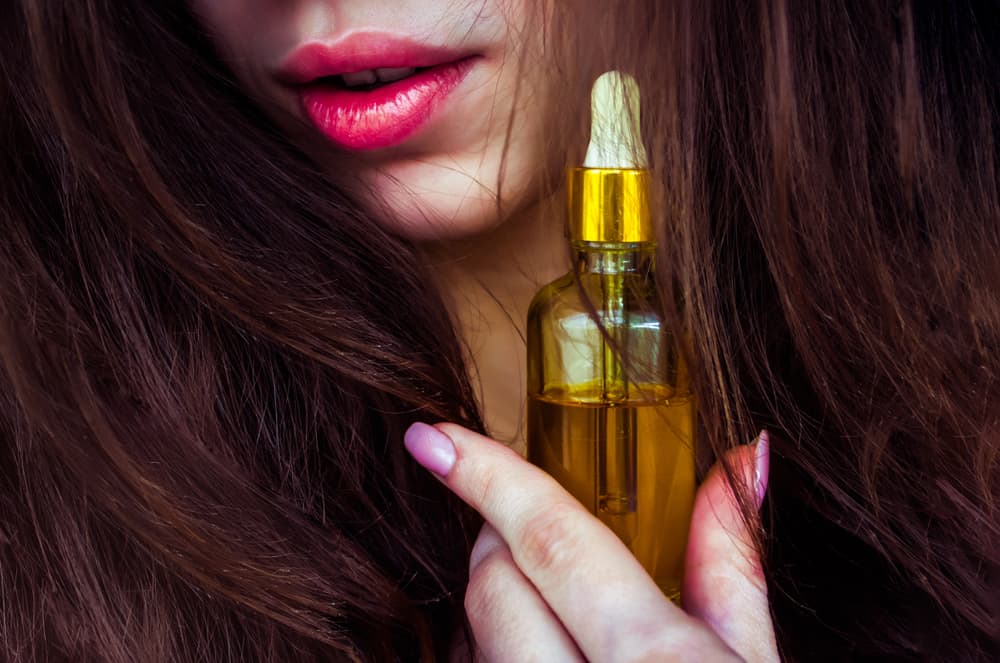
Castor oil has long been used as a cosmetic. In fact, it was used by ancient Egyptians as a moisturizing skin and lip balm. The oil still works in this capacity. It hydrates and detoxifies the skin, according to Byrdie.
Concealer
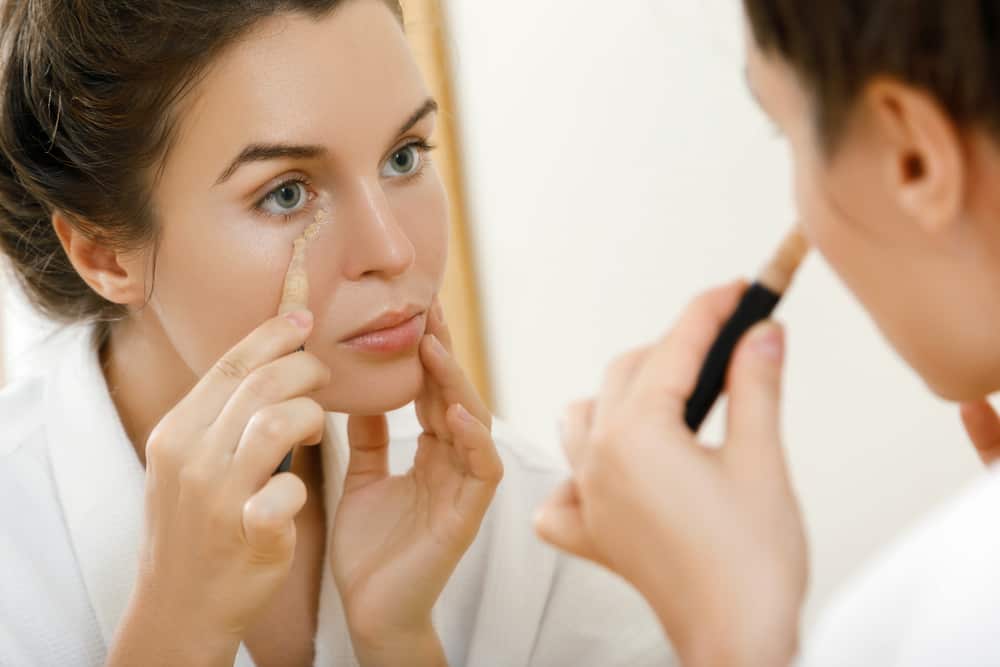
Covermark Cream debuted in the 1930s. This was probably the first concealer, a type of makeup designed for the purpose of covering up blemishes. Covermark was developed for the purpose of covering up birthmarks. However, women soon saw the benefits of using concealer for acne marks, under-eye circles and other facial imperfections.
Contour powder / cream
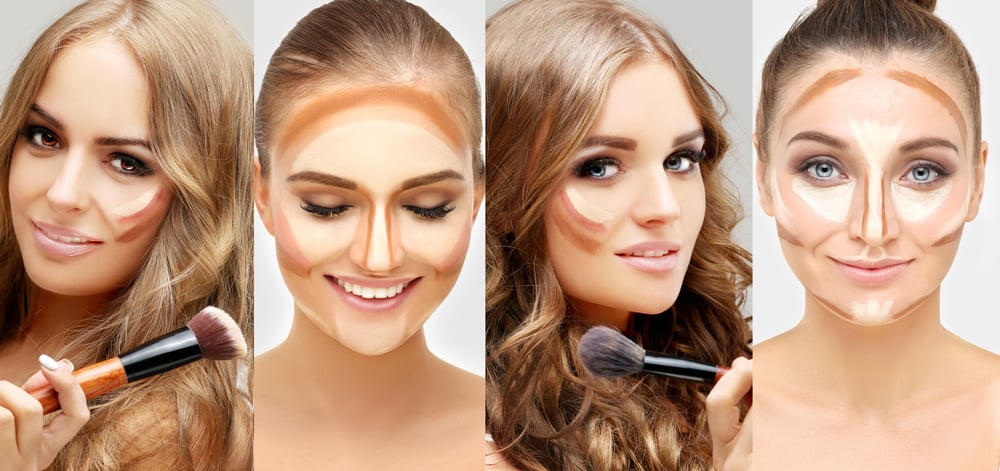
Contouring is one of those techniques that feels like it just showed up yesterday but suddenly, everyone is doing it and everyone knows all about it and if you aren’t doing it, you’re a square. But don’t worry. When it comes to using contour to bring out the bones of your face and create a sculpted look, absolutely everyone is super late to the party. Using contour on the face is a makeup tradition that dates back to the days of Shakespeare. So, yeah. Even Kim Kardashian is like, sooo far behind on this trend.
History
Stage actors in the 1500s pioneered the use of contouring. They applied chalk and soot strategically to their faces in order to enhance their features and expressions for the watching audiences.
With the invention of artificial lighting in the late 1800s, chalk and soot no longer worked. Soft candlelight and gaslight masked the harsh colors, but artificial light made the trick too obvious. Other tricks emerged and by the 1930s, contouring was done with different powders.
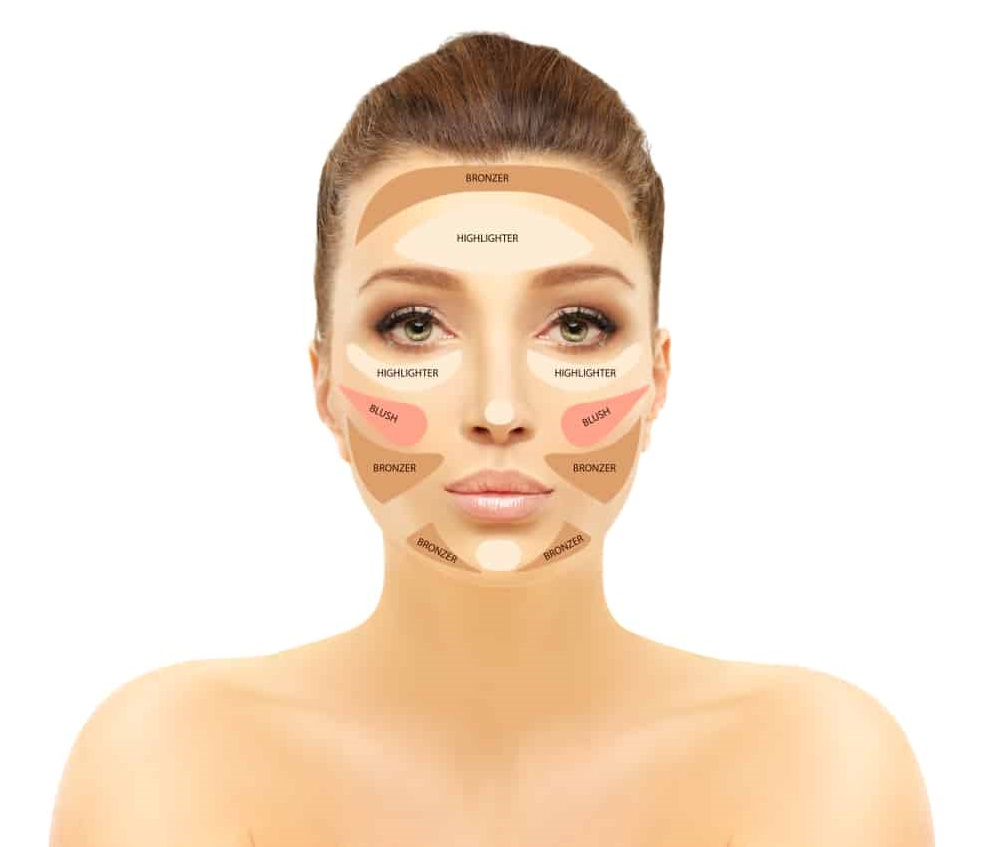
Now, everyone is trying contouring techniques. You don’t have to be a makeup artist to learn how to do this to your own face and show off your features to their utmost.
Eyebrow pencil
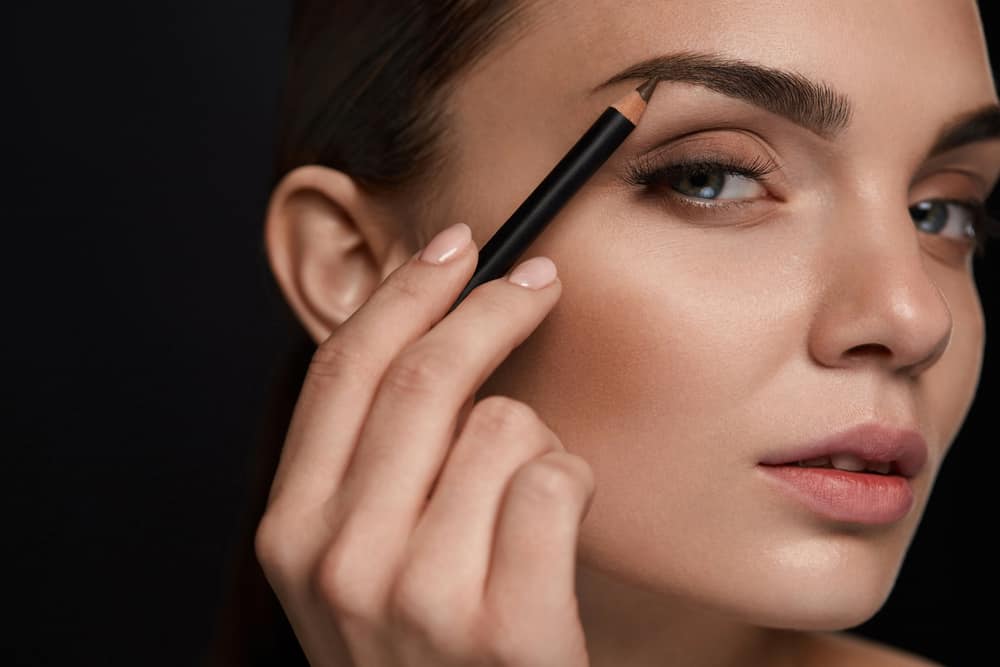
The eyebrow pencil, or brow pencil, is one of the most recognizable types of makeup now, but this hasn’t always been the case. Eyebrow trends have changed through the years. Well-defined, natural-looking brows are in right now. But in the 1930s, it was far more trendy to have very thin, heavily penciled eyebrows. The bold brow was in during the 1980s, when it was popular to have heavy, thick eyebrows. But actually, the obsession with eyebrow makeup goes back way, way further than this.
History
Ancient Egyptians used black oxide and carbon (ashes) to paint and darken their eyebrows, making them more prominent. Eyebrows were distinctly out during the Elizabethan Era in the 1500s. Women plucked their eyebrows and their eyelashes to create a smooth-faced, hairless look. When Max Factor invented the eyebrow pencil in the 1910s, all sorts of different eyebrow trends and techniques emerged in the fashion world.
Eyeliner
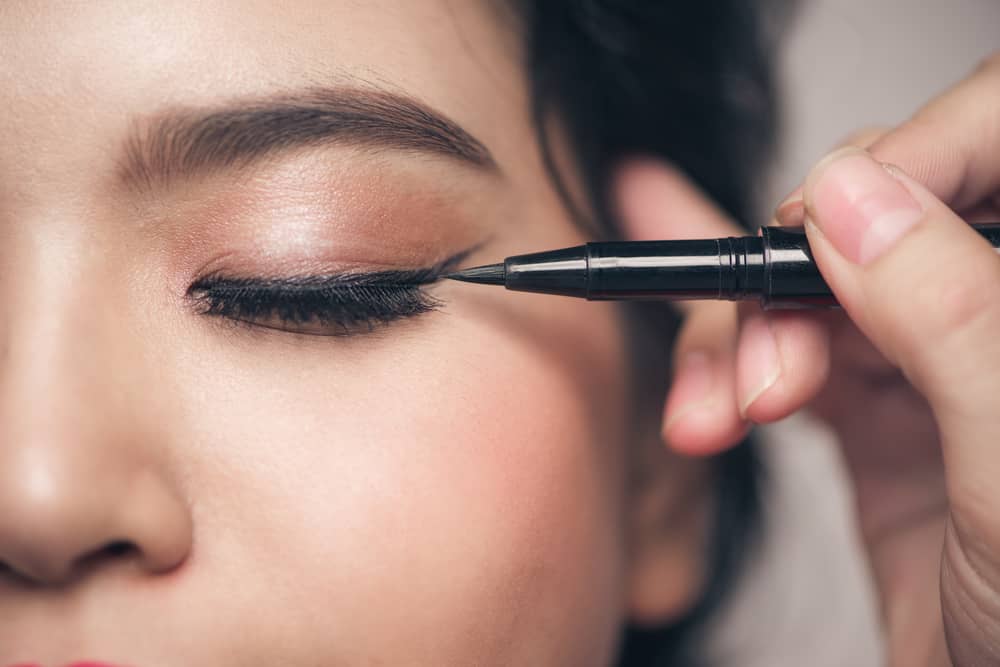
Like many types of makeup, the eyeliner look was pioneered by ancient Egyptians. Both men and women used charcoal and mineral powders around their eyes. However, this probably wasn’t just about being attractive. The dark color around the eyes helped shade them from sunlight. But using dark coloring around the eyes fell out of favor back in ancient days and wasn’t seen again for thousands of years.
History
No one used eyeliner from the late days of the Egyptian empire (around 53 B.C.E.) until the 1920s. That’s a really, really long time for a trend to be out of fashion. But when eyeliner caught on again, it came roaring back with a bang.
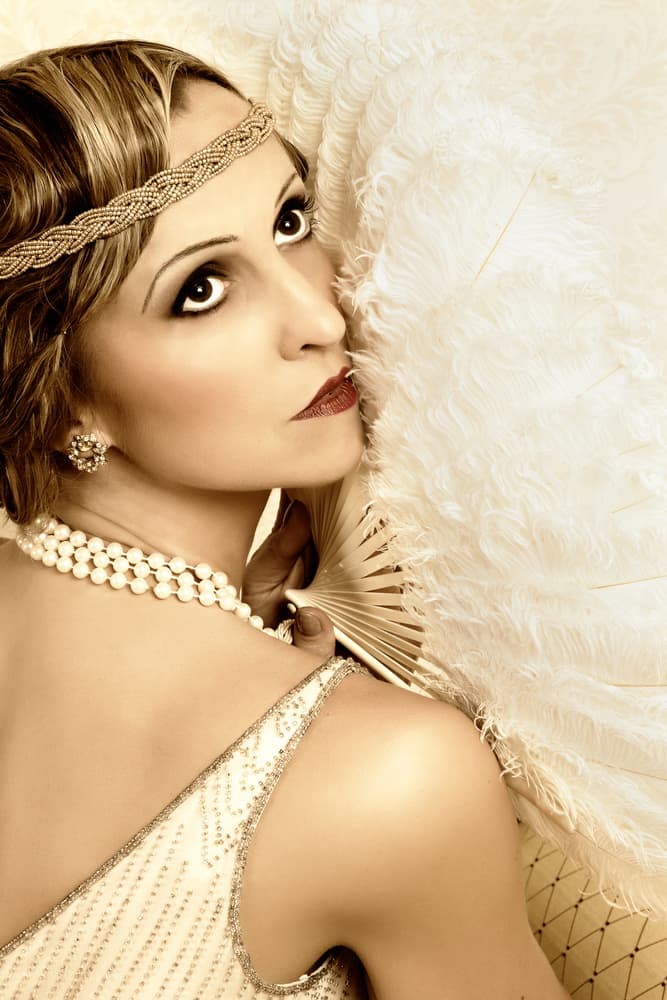
The world was captivated with all things Egyptian in 1922, when King Tut’s tomb was discovered. The news of the discovery traveled around the world and everything associated with Egypt became incredibly popular, including eyeliner. Like ancient Egyptians, people in the 1920s used kohl as eyeliner. This created more of a smudged look, not like the sharp eyeliner lines that are more common today.
Powdery, thick eyeliner was the only type available until the 1950s, when liquid liners appeared on the market. Now, eyeliner is available in many types and color shades to create a multitude of looks.
Eyeshadow
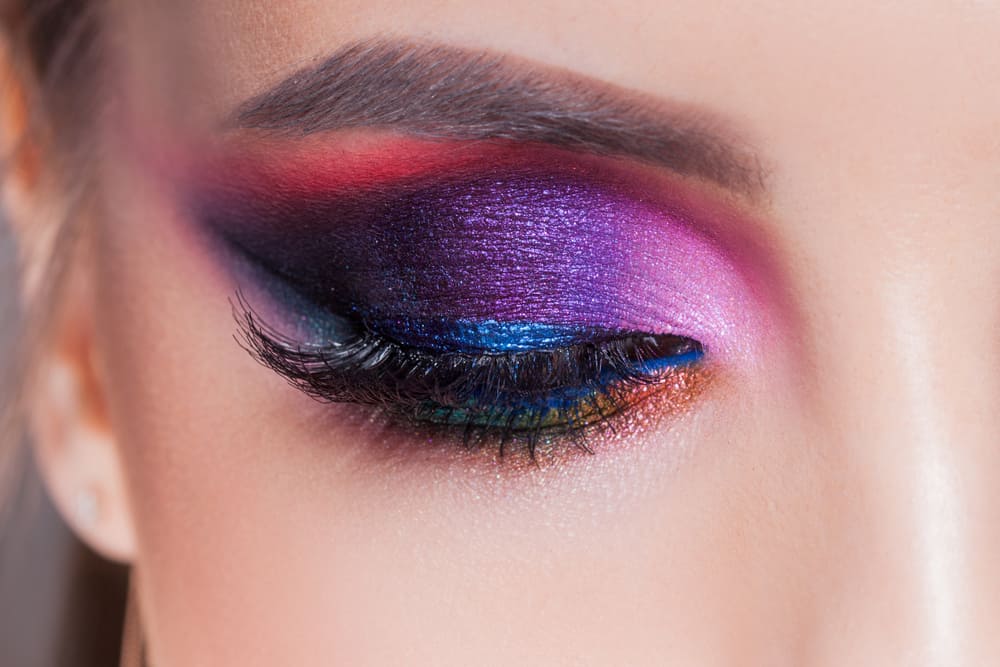
The use of eyeshadow can be traced to ancient Egypt, when people used soot and various ingredients to paint black all around their eyes. Powdered minerals were mixed together in ancient Greece and Rome to provide color for the face. These powders were put around the eyes, on the cheeks and elsewhere on the face.
History
Pale complexions were en vogue for centuries after the fall of Rome. But all that changed in 1909 with a ballet performance, according to Glamour Daze. A performance of the London Ballet Russes saw the dancers made up with heavy eyeshadow. Women everywhere began wearing heavier, more colorful eyeshadows and different colors of eye shadow became available on the market thanks to early makeup pioneers Helene Rubinstein and Elizabeth Arden.
Now, eye shadow also comes in glittery and matte shade styles.
Face powder
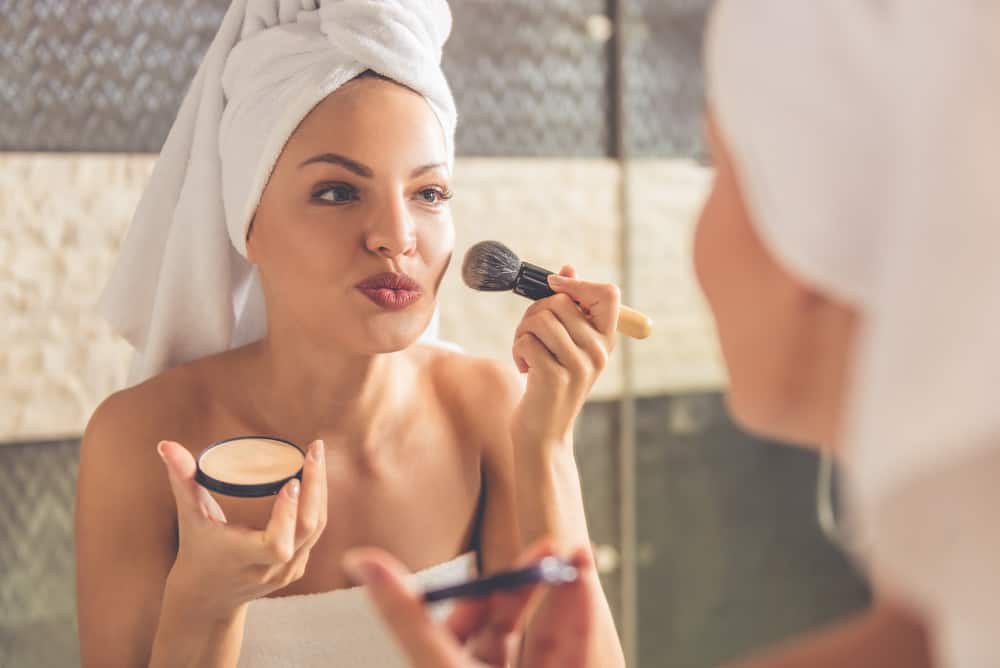
Whether it’s loose or pressed, face powder is a very recognizable type of makeup. The practice of using powders on the face dates back to ancient days. Face powder is so old, no one really knows how old it actually is.
History
During ancient times, various minerals and plants were ground up and powdered to add color to the face or to even out the complexion. Women during the Edwardian era of the 1900s made their own face power using ingredients like cornstarch and talc, according to Sew Historically.
Today, face powder comes in a huge variety of color shades and types. Translucent powder is used as a finishing powder to set makeup once it has been applied and create a smooth, finished look. The translucent powder won’t hide your skin’s natural luminosity.
False eyelashes
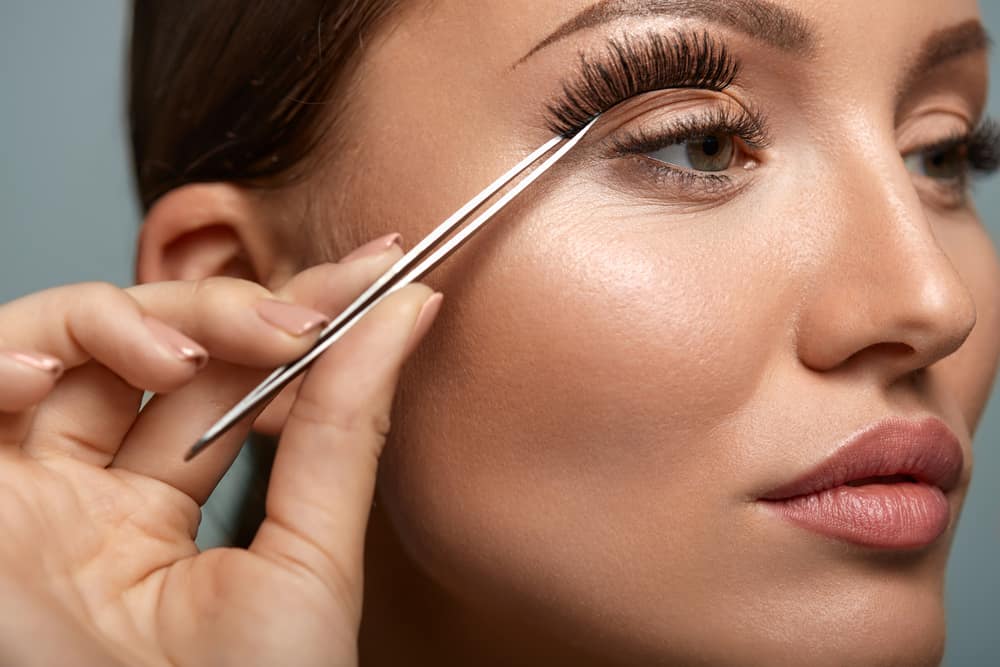
Eyelashes have always been integral to beauty. Women have always craved long eyelashes, but fake eyelashes you could actually wear over your own lashes weren’t invented until 1911. A Canadian inventor patented artificial eyelashes in 1911.
History
False eyelashes have never been far from the fashion limelight since their invention. Today, they’re available in a huge range of styles, types and colors. They’re made from all kinds of materials and even luxury false eyelashes are available.
Foundation
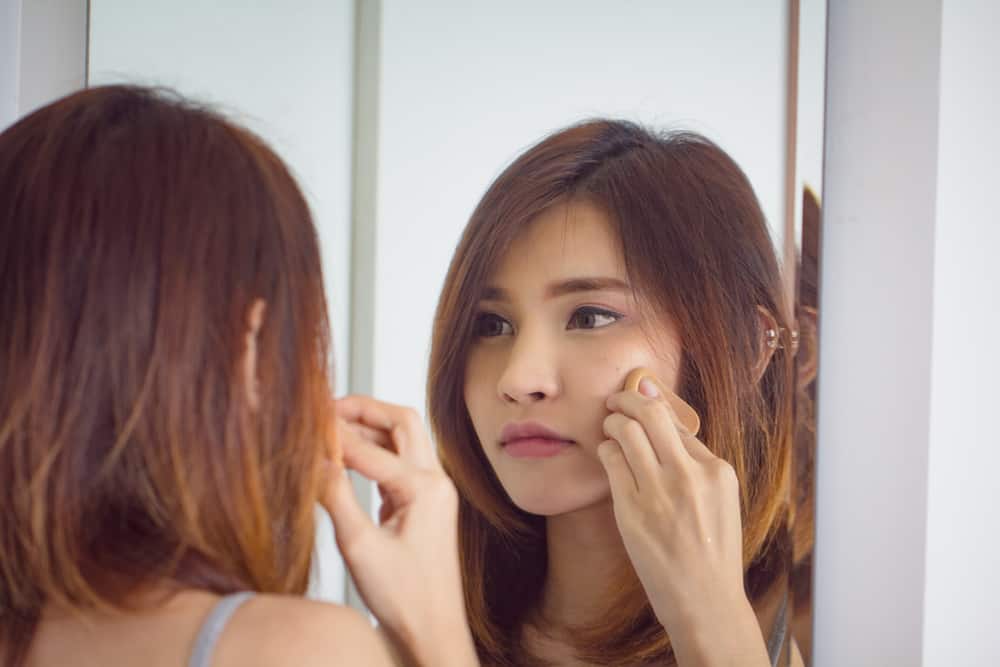
Makeup foundation is used by all the big celebs and beautiful people to create a smooth, even look. The formula actually traces its roots to ancient Greece. Here, lead and mercury were used to create a paint that would be put right on the skin. This was a toxic and lethal combination.
History
Later, greasepaint came along thanks to stage actors. Very white skin was popular on stage in the 1800s. However, this ghostly complexion wouldn’t work for the movie industry that came along in the early 1900s. Max Factor created a better-looking type of greasepaint that he called Pan-Cake makeup.
His Pan-Cake makeup set the bar for all makeup foundation that followed. Most all foundations today are made with moisturizers, colorants, oil or wax and often, talc. They are also made in many different types, everything from mineral foundation powders to creams. They may be applied with everything from your fingers to a sponge to a foundation brush.
Types of Foundation

There are many, many different types of foundations. It’s available in all forms, from liquid to soft solids. But even within the world of foundation, there are multiple types of creams and choices that make it all pretty confusing.
BB cream is a type of foundation that is infused with SPF, antioxidants and other ingredients that promote skin health. BB cream is made to be more lightweight than traditional foundation but provides more coverage than tinted moisturizer. BB cream helps to create an even complexion while infusing the skin with beneficial ingredients.
CC cream is color correcting cream. This is meant to hide redness and create a more even skin tone. CC cream is even lighter than BB cream. It has a somewhat whipped, fluffy consistency.
DD cream is more like a mixture of both BB and CC cream. It’s lightweight but made to provide coverage on the face, hiding redness and correcting skin tone.
Highlight
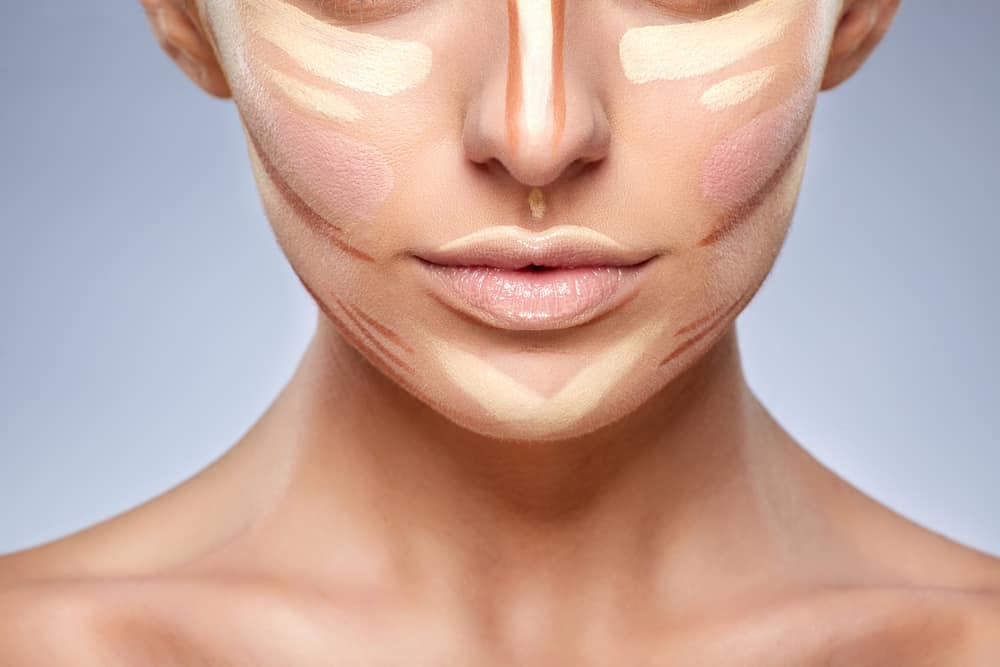
Highlight has pretty much become a necessity for modern makeup. Contouring is now the status quo and highlight, or highlighter, is an essential element of creating the look. But highlight has been a part of the makeup toolkit for centuries. Stage actors began using it centuries ago to accentuate their expressions.
Get the look
Now, highlight has become a part of many everyday makeup routines. It is used in powder, pencil, cream and liquid forms. It can be used to outline the brow area and provide contour for the face.
Kohl
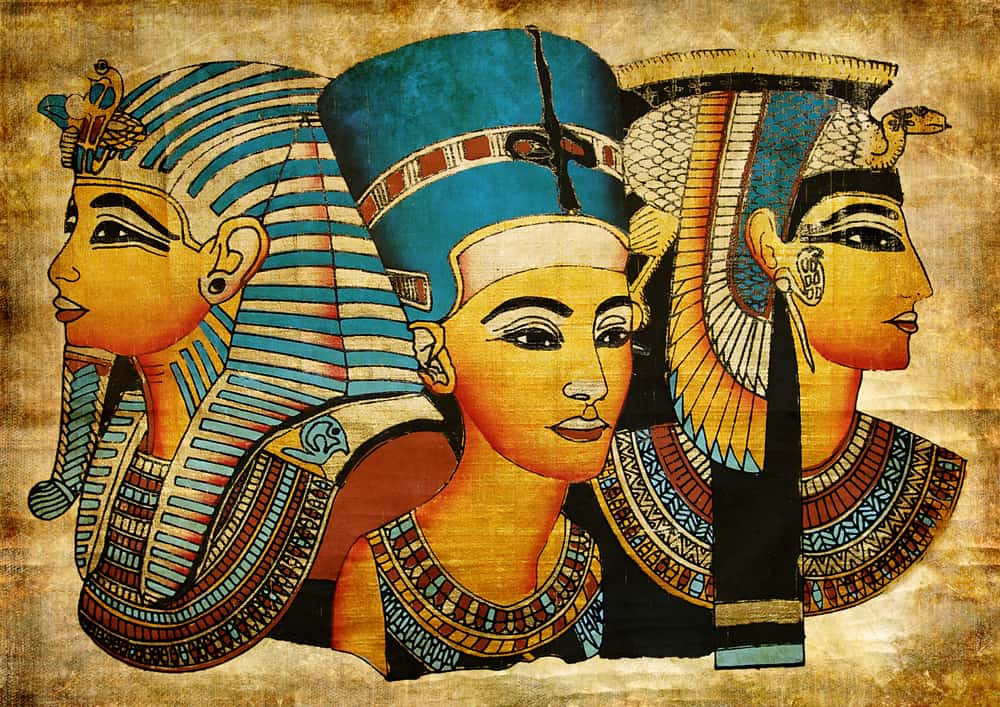
Kohl is well-known as being one of the very earliest types of face makeup. Both men and women in ancient Egypt used black kohl, an ore taken from lead, to create black lines around their eyes. This cosmetic is obvious in Egyptian art from the era. It was an extremely popular look that was also practical. The black kohl helped keep the sunlight out of their eyes.
Lip gloss
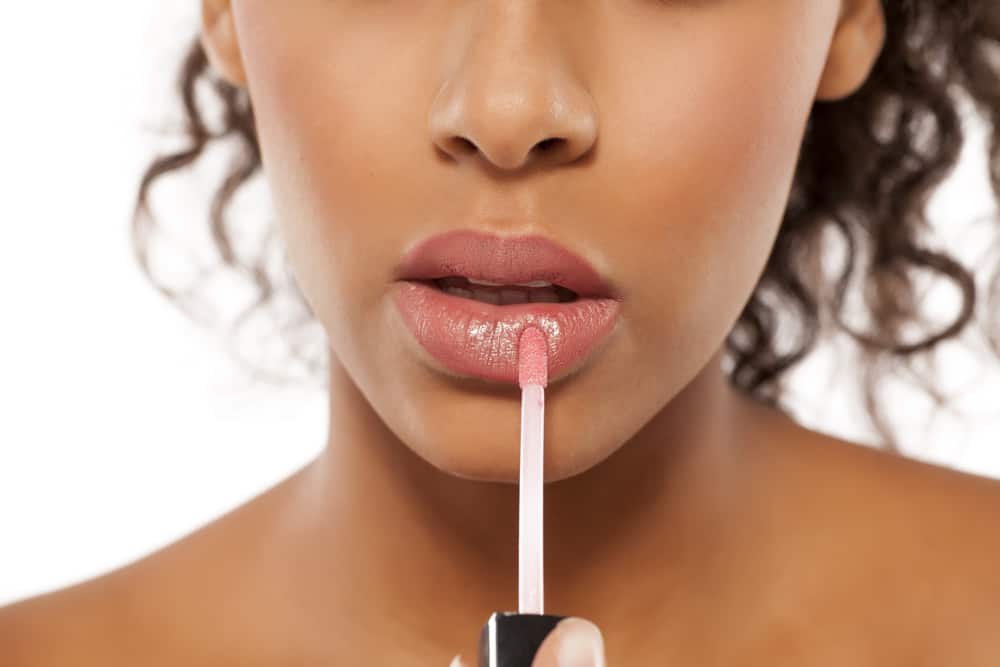
Thank the movie industry for the invention of lip gloss. It was makeup wizard Max Factor himself who first invented gloss for the lips, which made them shiny and appealing on screen. He first introduced lip gloss in 1930, according to Love to Know.
Lip liner
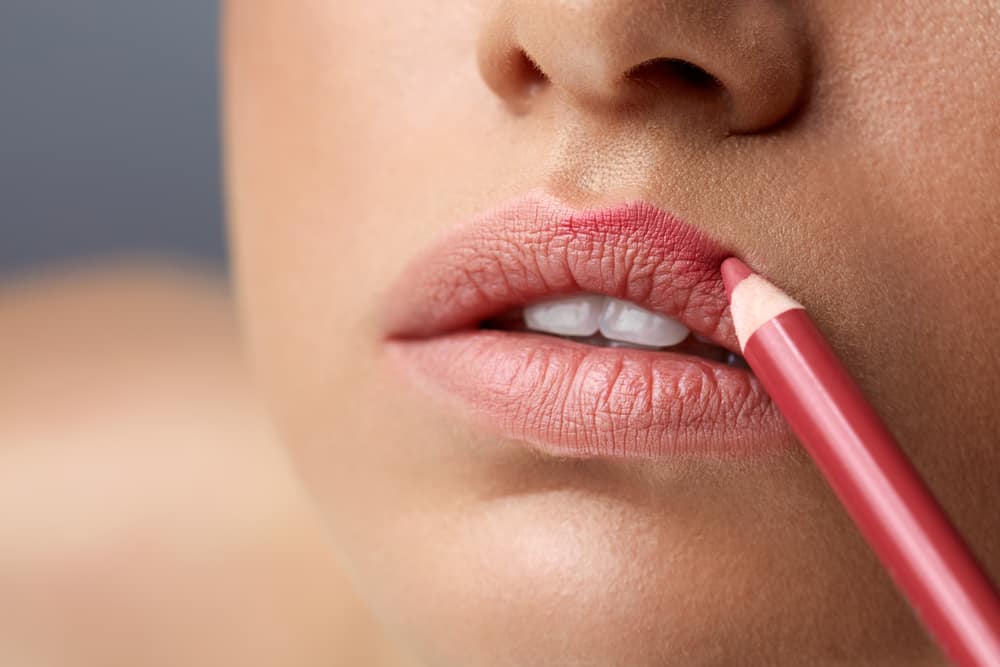
Lip liner is used by many to accentuate the lips and make them appear fuller. Using lip liner to shape the mouth became popular in the 1920s. Then, the lip liner used to create the effect was known as metal lip tracer, according to Glamour Daze.
Lip Stain
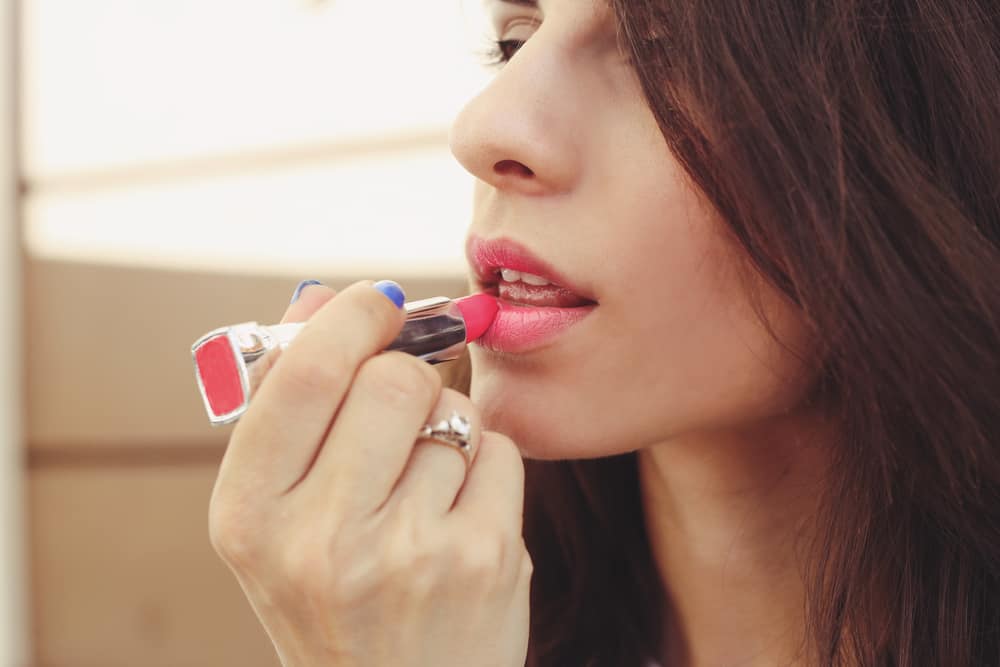
It works like lipstick but lip stain is something different entirely and it definitely behaves differently than lipstick. Where lipstick is made with waxes, oils and pigments, lip stain is made with gel or water and synthetic or natural dyes, like henna. Lip stain actually colors the lips for up to 18 hours, way longer than lipstick lasts. It’s also smudge-proof.
How it works
Lip stain is applied as a roll-on gel with a sponge applicator. However, it can also be applied with a tube that’s a bit more like a traditional lipstick. Lip stains contain alcohol, so you may notice they make your lips dryer than lipstick.
Lip stain is available in fewer colors and has a more natural look to it that’s closer to more natural lip shades. Lip stain also isn’t available in shine or matte finishes. It’s made to add natural-looking, smudge-proof, lasting color to the lips.
Lipstick
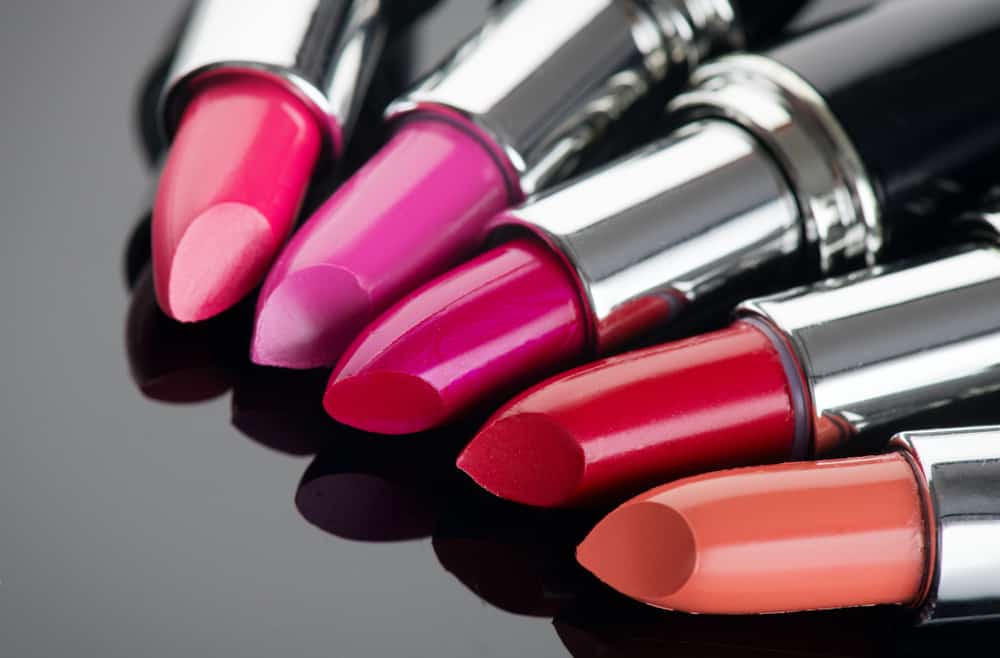
The term “lipstick” dates to the 1880s, but the practice of using makeup to color the lips dates to the earliest days of civilization. Wealthy people living in ancient Mesopotamia crushed up precious jewels to give their lips color. Egyptians used fungus and other ingredients to make a dye for their lips.
History
An ancient surgeon and chemist, Abu al-Qasim al-Zahrawi, is credited with creating a lipstick that’s more like the modern lipsticks we know today. He described them as perfume sticks that were rolled and pressed in molds. However, it wasn’t until small, smooth metal tubes were created in 1915 that twisting lipsticks became available.
Enhancing your kisser
Lipstick is available in a huge number of color shades and types and with different levels of shine. Buy this cosmetic in everything from gloss to matte lipstick shades.
Mascara
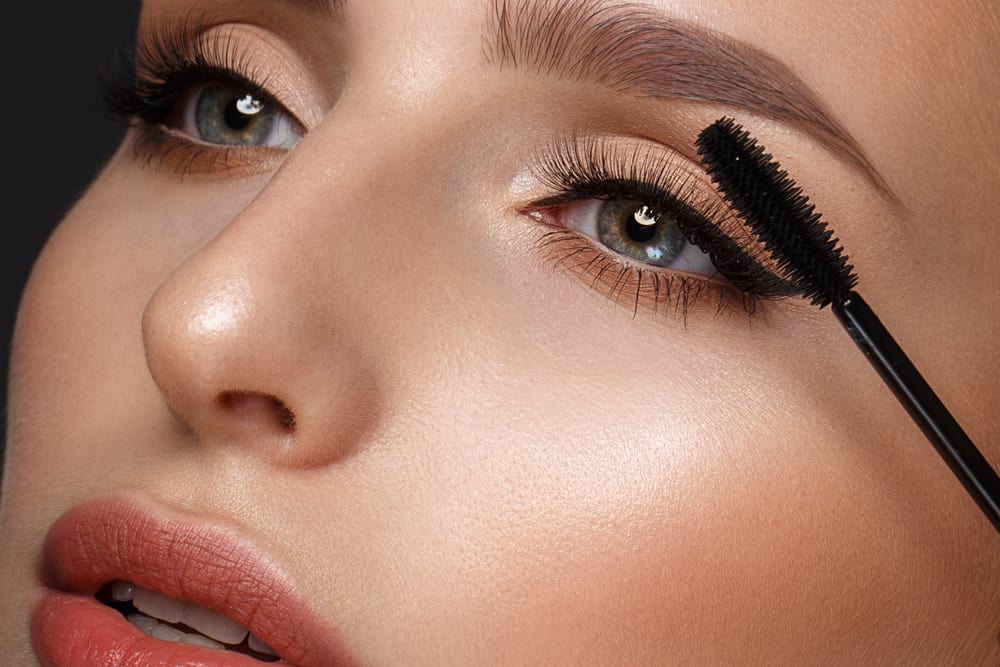
In 1915, a man named T.L. Williams formed the Maybelline Company. He named the company in honor of his sister Mabel and her invention. She had mixed petroleum jelly with coal dust to create mascara. After that, mascara became a much-loved must-have for many women.
History
Women in ancient Egypt used malachite, a copper mineral, on their eyelashes. They believed it was an aphrodisiac. Long, curling eyelashes were popular in ancient Rome, where women used kohl to get the effect. Women continued to use all sorts of tricks through history to get the lash looks they wanted. Finally, Mabel Williams changed the lash game.
Primer
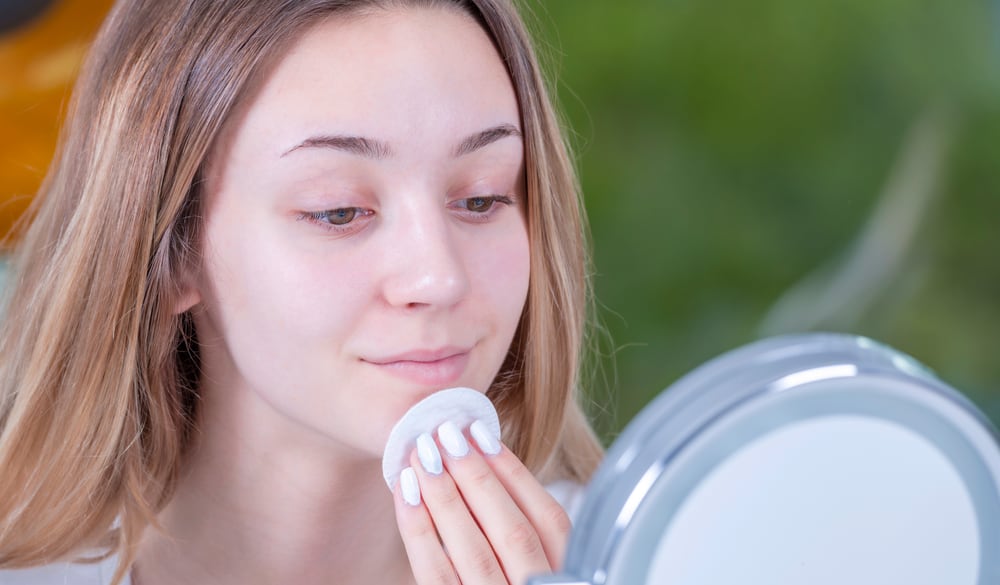
Makeup primer is a cosmetic that is applied to bare skin before makeup is applied. This is used to smooth out the skin, making it easier to apply makeup and to protect the skin from makeup. It’s well known now that makeup can cause discoloration, dry skin out and create blemishes. However, this wasn’t always so well known.
History
Throughout most of history, people didn’t realize the importance of using primer on the skin. They just applied makeup directly to their faces, which led to many skin problems and even untimely deaths. For centuries, people used mixtures of toxic chemicals directly on their skin for the sake of beauty. Toxic makeup continued to be problems even as relatively recently as 1939, when one actor was hospitalized due to the aluminum paste used on his skin.
Compared to other makeup, primer is a relatively new invention. Now that everyone understands the dangers of makeup, primer has become a standard cosmetic.
Specialized eye primer and lip primer are also sold, though many people just use the same primer all over their face.
Rouge / blush
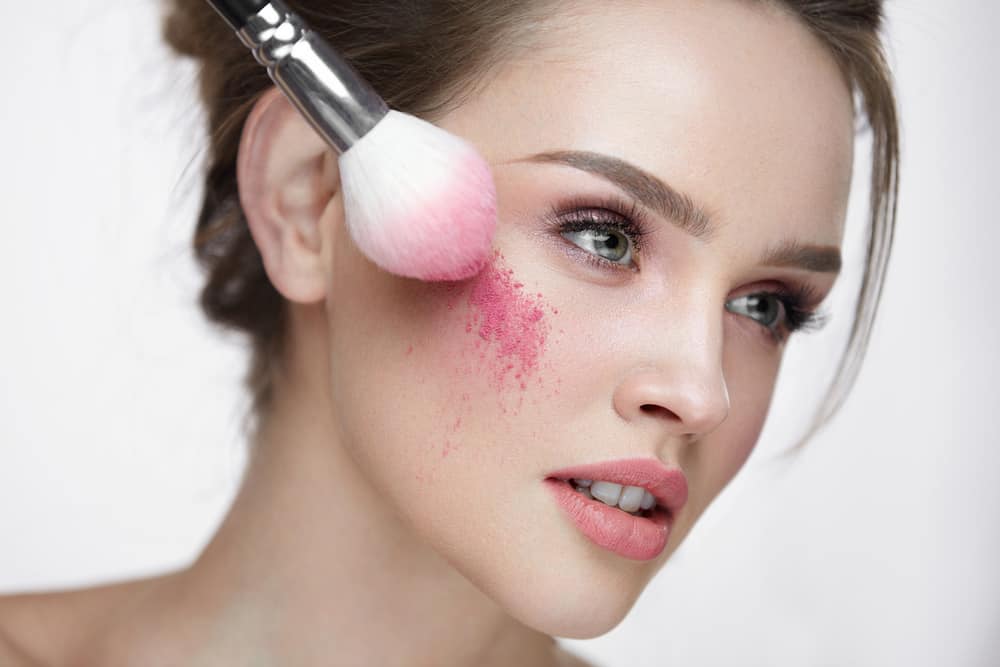
Blush adds color to the face, creating a youthful look and a radiant glow. This is considered to be a very desirable look today, but red cheeks were not always in fashion. For a long time, beauty was all about being pale. So why did things change?
History
Ancient Egyptians were probably the first to use blush. They used ground red ochre to color their cheeks and lips. This was used by both men and women to create a healthy-looking, attractive flush. Later, ancient Greeks crushed mulberries to get the look.
But after the fall of Rome and end of the Classical era, beauty standards changed. Pale was in during the Middle Ages. Very pale skin became associated with being high class. Everyone wanted the look. They resorted to wearing lead-based and arsenic-based face paint and even used leeches to drain blood from their bodies to make their skin pale.
Changing the beauty game
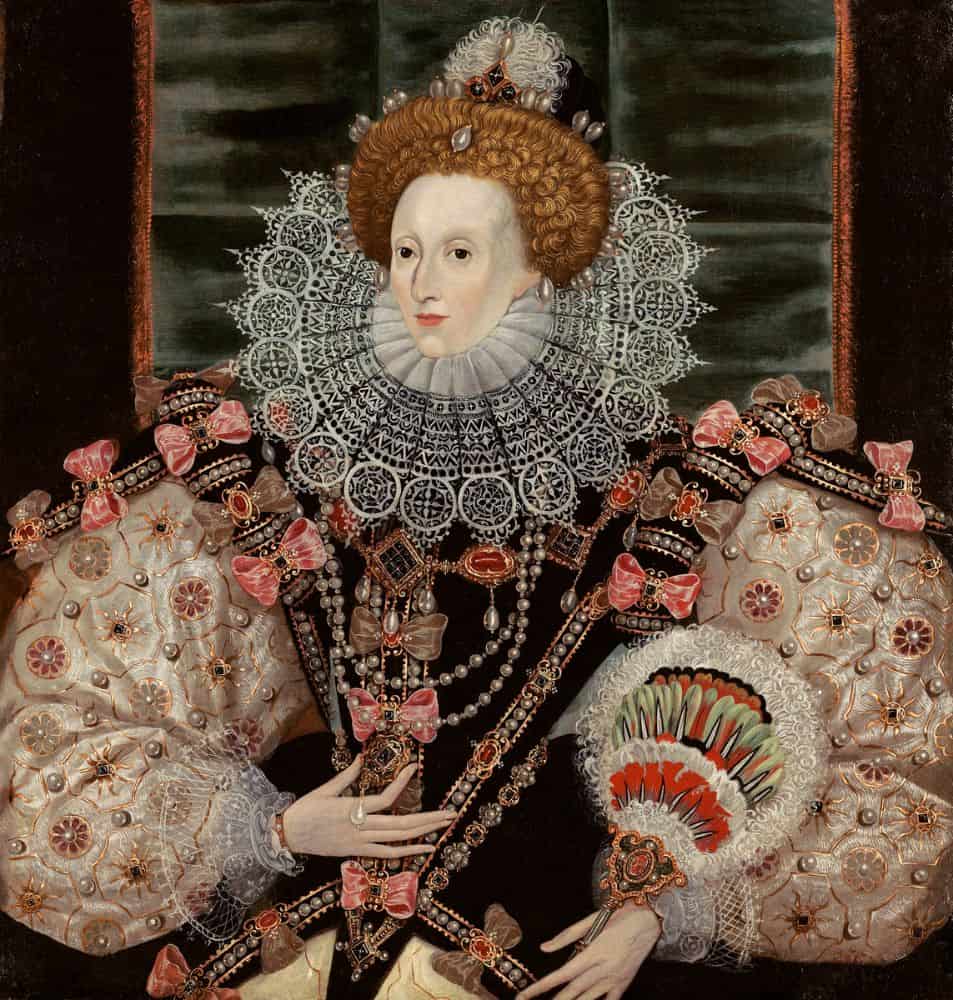
Elizabeth I, Queen of England, was a massive style icon of the late 1500s. Every woman wanted to emulate the queen, who was one of the most powerful people in the entire world at the time. She liberally used rouge to paint her cheeks and the trend caught on, with both men and women adding color to their faces.
Queenly style
It was another queen who brought pale skin back into fashion. Queen Victoria, who ruled England in the 1800s, did not believe in wearing heavy makeup. She preferred a more natural look so of course, this is the style everyone started to emulate.
Looking like a movie star
Women brought blush back again in the 1920s with the flapper fashion craze. Flappers, women who enjoyed nightlife and refused to wear long skirts, painted their faces with blush. Style icons of the movie screen started doing the same. Now, blush is a makeup staple that many people use in their daily routine.
Blush is made in both powder and liquid form, though many makeup artists use a powder brush to apply blush in even, blendable strokes to create a natural finish.
Setting spray
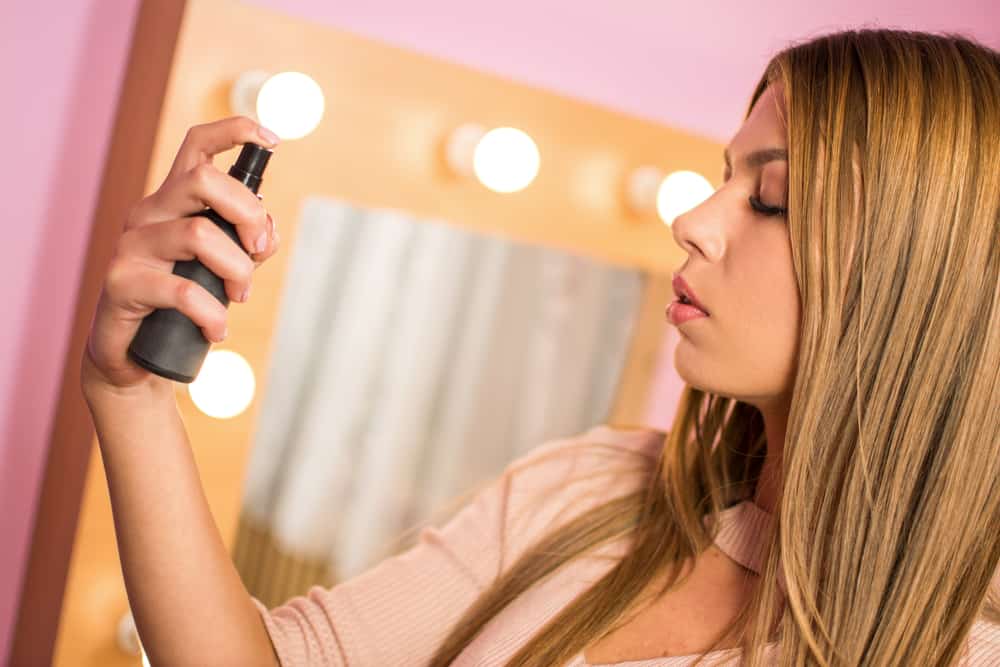
Setting spray is much newer than most other types of makeup on this list. Using this spray is a somewhat newer trend. The spray is designed to be applied once all other makeup has been put on. It’s used to “set” the makeup in place so that it will look good for many hours. The spray is meant to prevent flaking, smudging and cracking. Some people swear by setting spray and claim that it definitely keeps makeup looking fresher longer.
Toner
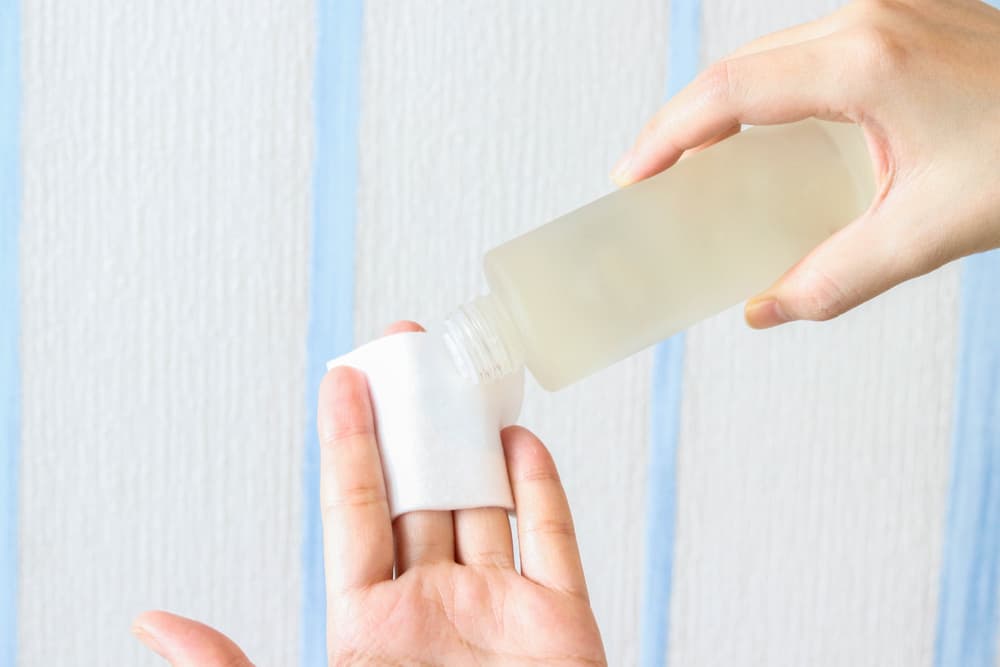
Toner is a somewhat misunderstood cosmetic. It’s actually not a type of makeup but it’s so often mentioned in makeup routines and marketed as an essential pre-makeup step, it must be included on this list. But to know how to use toner and whether or not you even need it, you need to know what it is is and what it does.
Defining toner
Actual toner is meant to remove bacteria from your skin. Professional skin specialists use this before administering a facial. You can also use it to cleanse your face before applying makeup or after removing makeup.
However, toner is often marketed as a type of makeup that is used to moisturize the skin prior to applying makeup. It’s usually a type of scented water or oil. The toners that are sold by makeup companies may do all sorts of things, from moisturizing skin to removing makeup. When buying toner, the only way to know for sure what it’s designed to do is to check the label.
FAQs

The more you learn about makeup, the more there is to learn. Should you wear makeup? What types of makeup should you wear? What other questions do you have about makeup? Get the answers to the most common makeup questions and get to know makeup like an expert.
What types of makeup do you need?
Everyone’s face is different and everyone has features that they sort of like and those that they sort of don’t like. Some women may always carry lipstick on them so they can accentuate their pouts, while others wouldn’t be caught anywhere without mascara. But there are some basic makeup items that most people who wear makeup will end up using from time to time, if not daily.
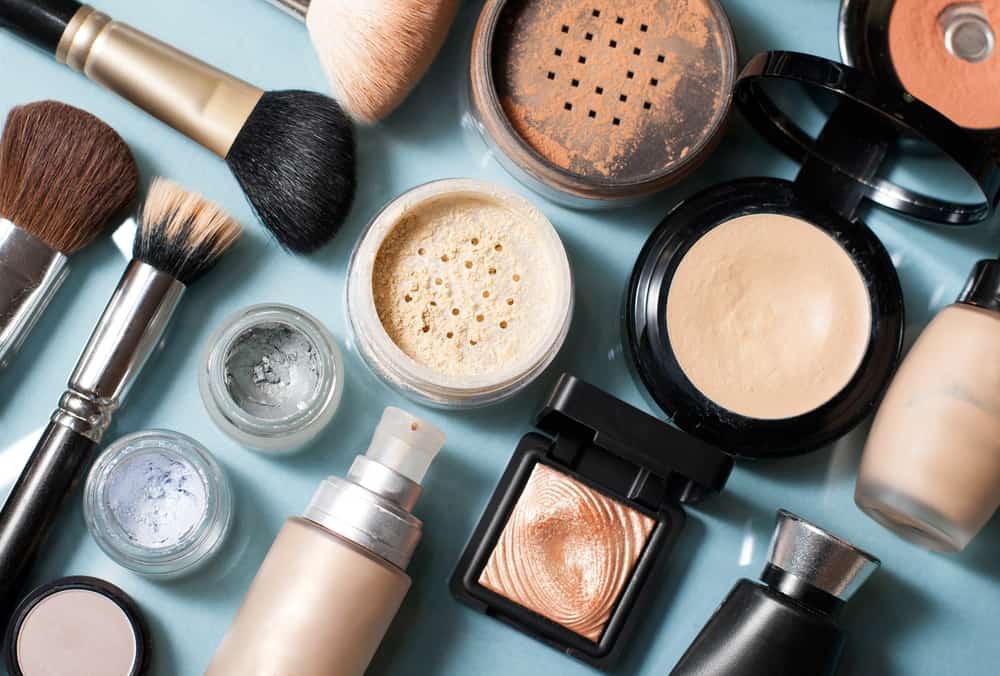
Most everyone keeps concealer and/or foundation in their makeup bag. This will help even out skin tone, cover blemishes and dark circles and create a smoother palette for the rest of the makeup. Concealer should be about two shades lighter than your own skin tone, while foundation should match your skin tone perfectly.
It’s pretty essential to have either eyebrow mascara or an eyebrow pencil to give brows more definition and fill in sparse areas. However, you can also use eyeshadow as a filler for brows.
Eyeshadow is definitely considered to be essential. Whether you have an enormous box of stackable trays full of different colors or a single jar of eyeshadow, this is the best way to give your face a finished look and draw attention to your eyes. There are many different eyeshadow looks to try and all sorts of tricks that can make your eyes look bigger and bring out their color.
Mascara is a great way to finish off the eyes and bring out eyelashes. Many women consider mascara to be essential for creating longer, curling lashes.
Don’t forget your lips! Lipstick, gloss, simple lip balm, it all enhances your mouth. Women have used makeup to enhance their lips for thousands of years.
There are many other types of makeup that can be used to enhance your looks. Eyeliner, face powder, setting spray, blush, highlighter, bronzer…the list goes on. But if you have the basics, you can give yourself a more polished, done-up look whenever you like.
One item that is essential and one you should use if you’re going to use any one of the other types of makeup: primer. Use primer to protect your skin from makeup, lock in moisture and prevent makeup from aging, drying out or damaging your skin.
If you’re going to wear makeup, you’re going to need to use makeup remover to properly clean your face.
What types of makeup foundations are there?
It’s well-known that foundation is the base of your makeup, used to smooth out your skin and create an even complexion. But there are many different types of foundations to choose from. If you don’t know what they do, how do you know which is the best one for you?
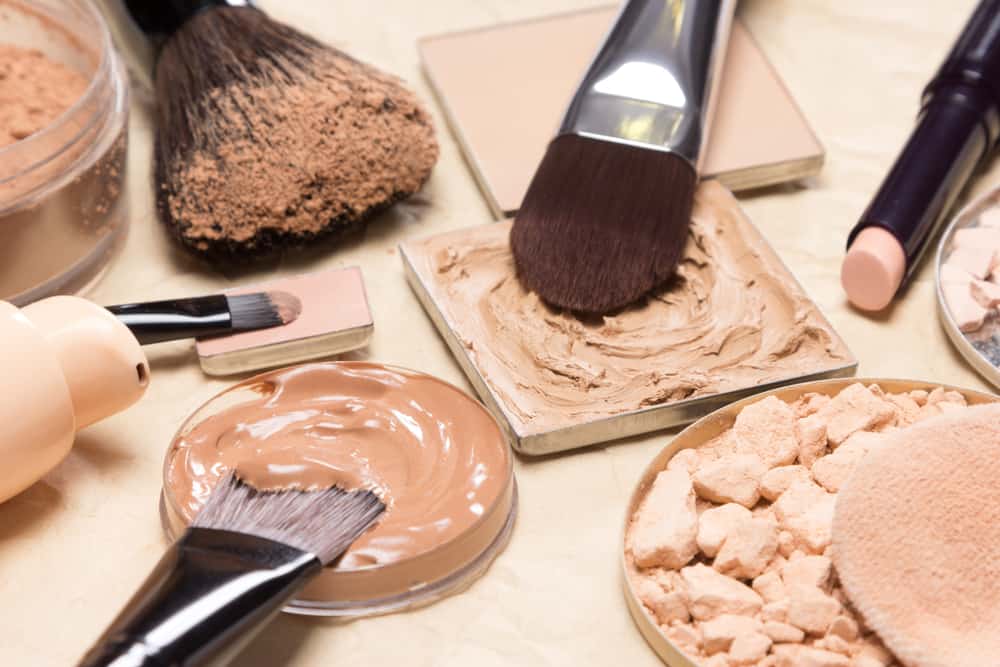
Cream foundation is made to be lightweight and somewhat less moist than oil, serum and liquid foundation. Cream foundation can crack, however, particularly if you have oily skin or you are in a humid environment.
Liquid foundation is one of the most common types of foundation. Liquid foundation is either water-based or silicon-based. It goes on skin smoothly and may be put on skin in layers if you need more coverage.
Powder foundation is applied with makeup brushes, such as a foundation brush or a powder brush. This foundation is designed to be lightweight and to keep oily skin even all day.
Serum foundation is made to hydrate the skin while it provides coverage. It’s made to provide many benefits to the skin, as serums are often infused with various vitamins and minerals to improve the health of skin.
Stick foundation is really designed to be like a big, thick, soft pencil. It can be dotted and drawn onto the face and then blended in. Stick foundation makeup is easy to carry and easy to use. It’s a little less messy than other types of foundation.
Tinted oil foundation is oil-based. This makeup is best for very dry skin. It’s made to provide a lot of moisture to the skin.
Whipped foundation, also known as mousse foundation, is extremely lightweight and soft. It’s designed to keep from clogging pores and to feel very light and airy on skin. Whipped foundation is really liquid foundation makeup that has been whipped to make it airier. Whipped foundation can be tricky to apply evenly because of its texture.
How do you wear types of makeup for different occasions?
People like to talk about various types of makeup looks, such as wedding looks or prom looks, office looks and everyday looks. It’s a little daunting to try something new when you have somewhere important to be. So pick a day to experiment with different looks and see what you like best.
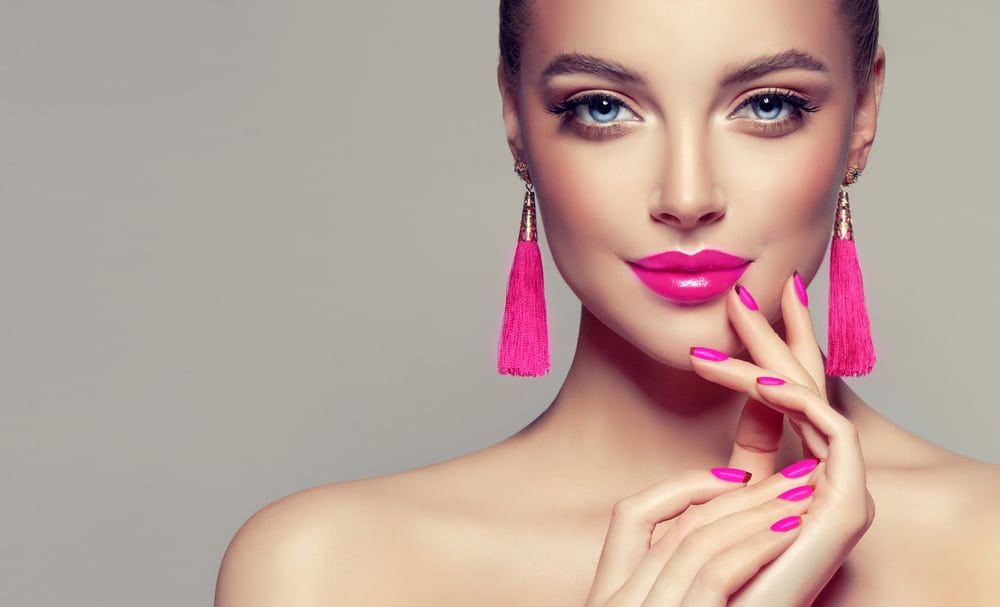
Try creating a soft, glamorous look with nude lipstick and smoky brown eyes, along with plenty of bronzer, for any classy date or event where you don’t want to look too over-done.
Do a bold eye look with winged eyeliner and three shades of eyeliner. Sweep your bright, main color over your top lid and in a line under your bottom eyelashes. Sweep a darker color in a similar shade into the crease. Add an accent color across the middle, near the center of your eyelid just under the crease.
Pair a nude eye shadow with a bright, bold lipstick color. If you want to add a little color to the eye area, try adding green or blue eyeliner on the lower lid.
Want a glamorous goth look? Pair a black smoky eye with plum lipstick. Wear very little blush and bronzer with this look.
There are lots of different looks to try. Experiment and play around with makeup, because it’s made to be fun.
Can you bring makeup on a plane?
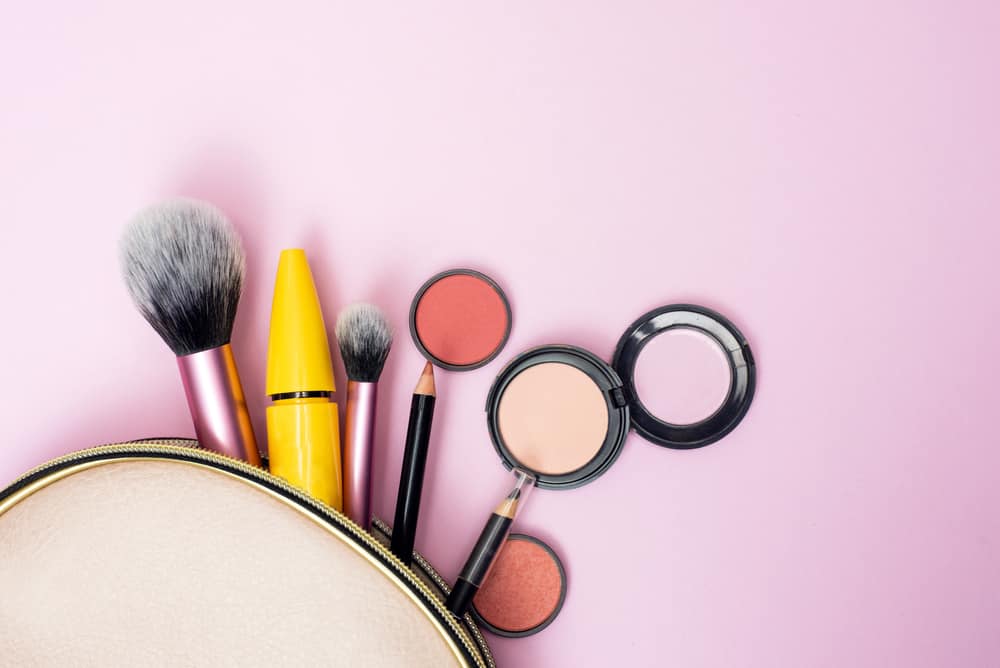
You can travel with many types of makeup. Solid or powder types of makeup can be placed in both carry-on luggage and checked bags. There are no limitations to how much of this you can have. Makeup that is in gel, paste, cream, lotion or liquid form, however, can only be in containers that are 3.4 ounces or less.
Also, you can only take as many small bottles of liquid, including all your makeup and toiletry items like lotion and shampoo, as you can fit in a single quart-sized, zip-top bag. One bag of liquids is allowed per passenger in carry-on bags. As far as checked bags, the size and quantity of liquids is unrestricted.
Can you wear makeup after botox?

Rubbing, pulling, pressing and touching the face following a botox procedure can cause bruising and other problems. You will do all of this to your face if you apply makeup, so it’s best to avoid this. Your doctor will recommend that you avoid any pressure or stress to your face for one to three days following the procedure. You should also avoid facial massages, scrubs and anything else that can put pressure on your face while it is still sensitive from botox.
Can you wear makeup after a facial?
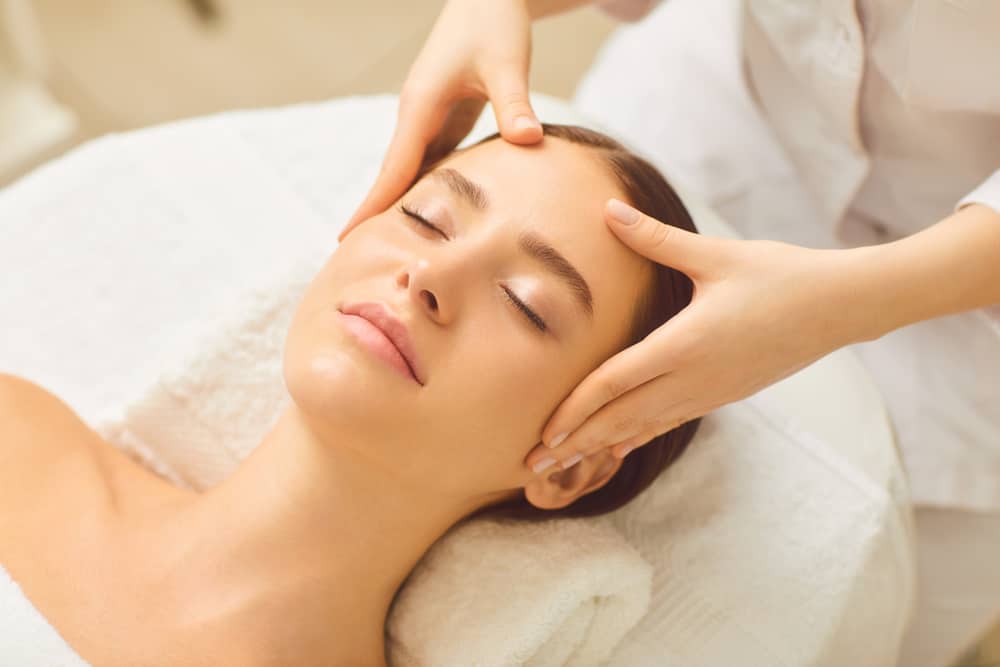
After a facial, your pores have essentially been deep-cleaned. They are more open than usual and your skin is very sensitive. This means you should not wear makeup immediately following a facial. Wait at least 24 hours after a facial before you put on makeup.
Are makeup wipes bad for the environment?
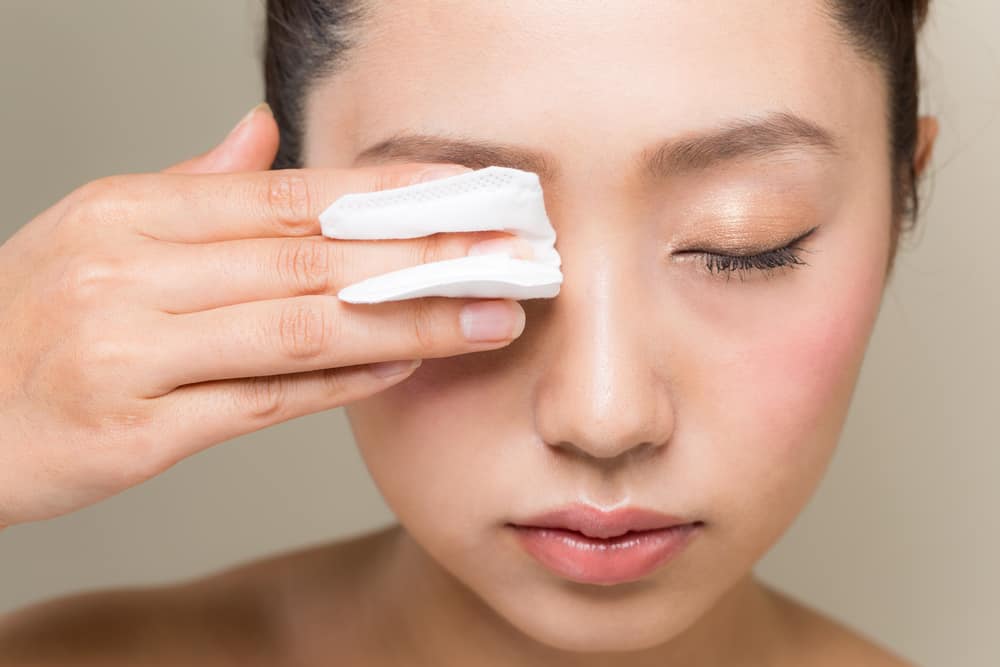
Makeup wipes are a common way to remove makeup at the end of the day, but these single-use wipes clearly create a lot of waste. If you wear makeup every single day and use one of these wipes to remove it, you personally have thrown away 365 of these wipes. Most makeup wipes are made with synthetic material that will sit in landfills for many, many years, before they become little scraps that never go away.
Some companies are now making biodegradable makeup wipes. These are much better for the environment. However, all single-use wipes create a lot of waste. Reusable, washable cloths are the best for removing makeup if you want to be environmentally friendly.
How do makeup artists apply lipstick?
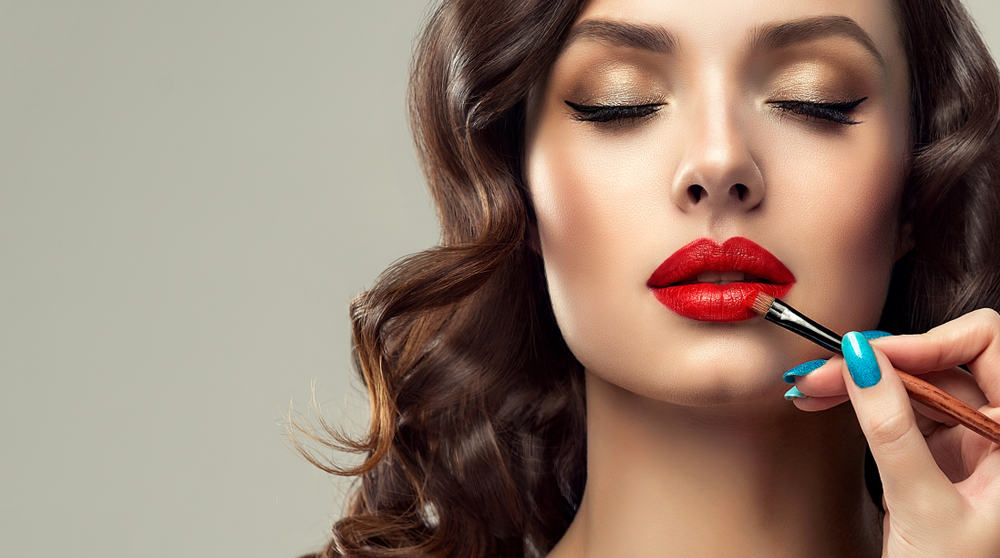
Makeup artists use all sorts of little tricks when they’re applying makeup. Allure got quotes from many makeup artists who shared some of their secrets. What can you do to make your own lips look more like a makeup artist has done your makeup? They recommend blotting lipstick after applying it, using primer prior to applying lipstick to make it last longer.
You can also use a little bit of finishing powder on lipstick to make it last longer. Instead of gloss, add shimmer eyeshadow right to the center of your lips to add volume and shine that will last much longer than gloss.
Will makeup make acne worse?
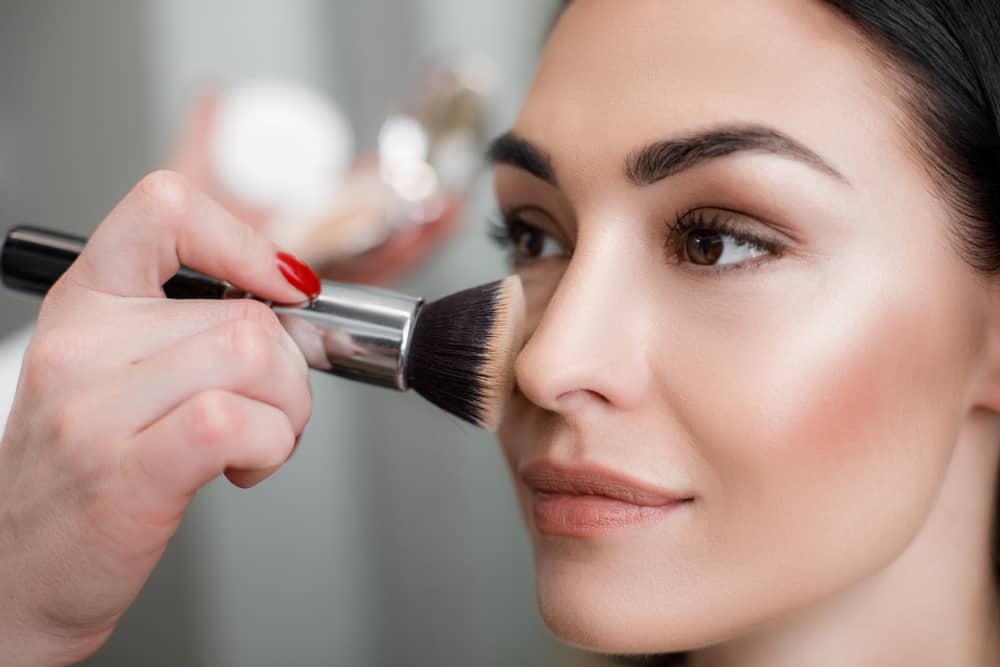
If you’re wondering if makeup will make acne problems worse, the short answer is yes. When you’re having an active breakout, skin is more sensitive. Makeup, such as concealer, can further clog pores and cause problems. Some types of makeup can cause you to break out and will only make the problem worse. Dermatologists recommended keeping acne clean and free of makeup, according to Self.
However, you can wear makeup even if you have breakouts if you wear makeup properly. Changing your makeup may even prevent the breakouts that are causing you grief in the first place. First and foremost, switch to all oil-free products. Many people that have sensitive skin break out because of lotions, soaps and makeup that have oil. Inspect everything you put on your face and throw away anything with oil. Replace it with water-based products instead.
You should also start using primer before you apply your makeup every day. Primer will protect your skin from makeup and even prevent oil from forming on your skin. A lightweight, non-liquid foundation is recommended if you’re going to wear foundation. And whatever you use, make sure your foundation is totally oil-free.
Will makeup cause acne?
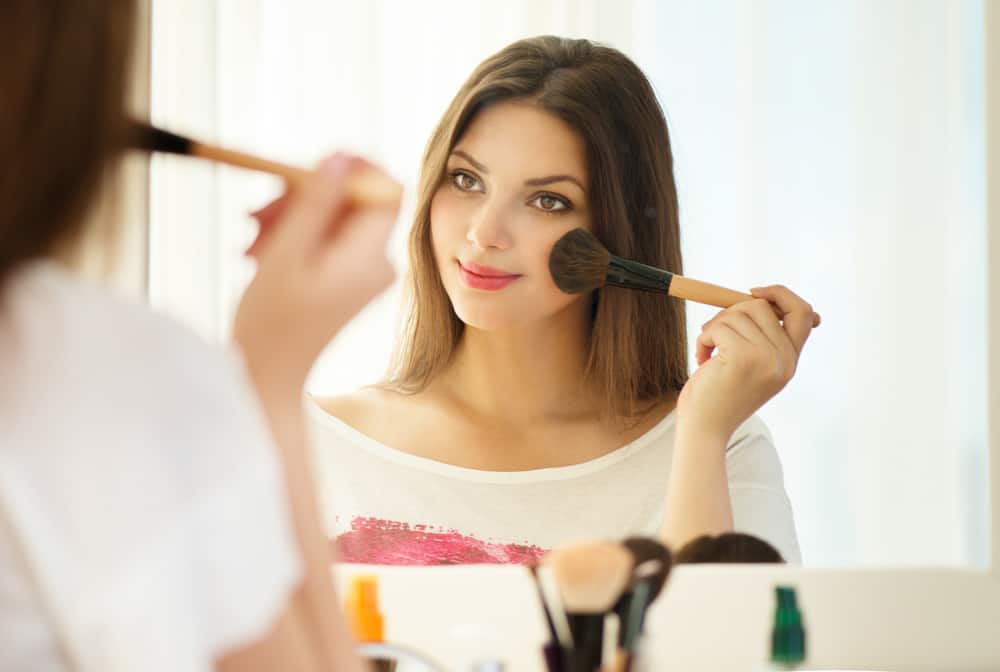
There are many ways that makeup can be causing acne problems. Using oil-based makeup can clog your pores and cause breakouts. Also, the way you apply your makeup can cause skin problems. If you use brushes or sponges to apply your makeup, you need to wash these items often. Ideally, you’ll wash them after every use. If you’re using your fingers to apply makeup, stop! Switch to brushes and/or sponges.
Also, don’t sleep in your makeup. If you have existing skin problems, whenever possible, use powder-based makeup, as opposed to liquid-based options.
Who invented makeup?
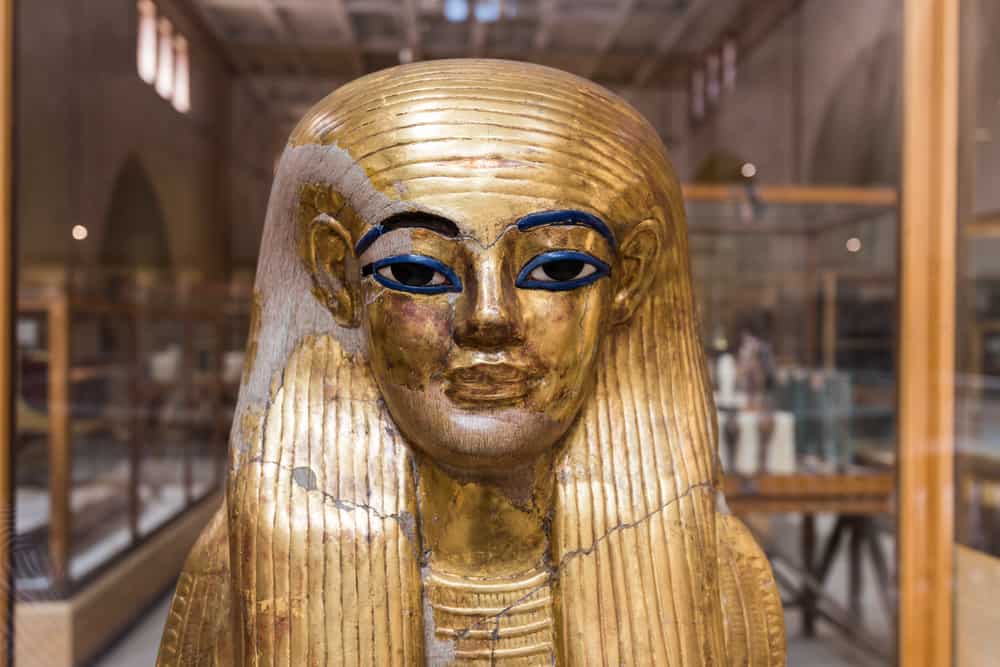
As far as historians and archaeologists can tell, the invention of makeup happened thousands of years ago. An ancient Egyptian tomb was found with clay containers of various shadows and pigments that were used as makeup. The tomb was more than 3,000 years old.
Various types of modern makeup weren’t so much as invented as evolved. Eyeshadow is really just a more modern version of the crushed plants and pigments used by ancient people to get the same effect.
However, several big names have contributed to big moments in makeup history over the years. Max Factor created a modern foundation that would create a beautiful flawless finish, even when viewed up close. Oher modern innovators followed to create the makeup that’s so often used today.
Which makeup brands are cruelty-free?
Peta and many other websites maintain lists of cruelty-free makeup products. Cruelty-free means that the company does not test its products on animals, which has been a common practice in the cosmetics industry for decades.
How do you know which makeup looks best on you?
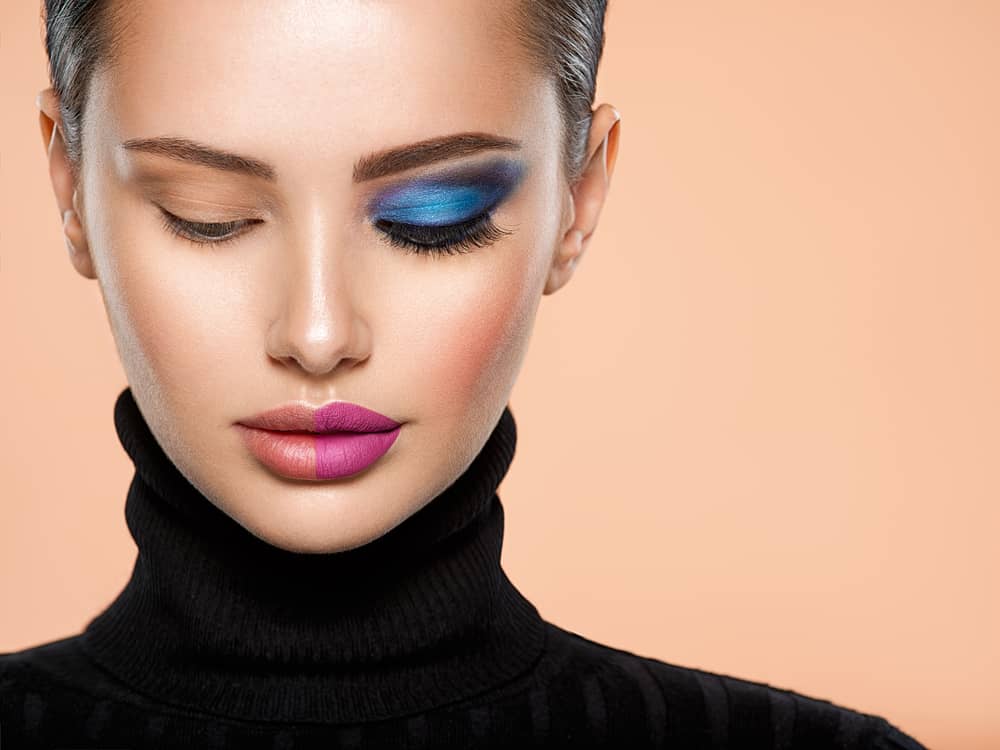
There are tons of different makeup styles that people wear and a pretty much unlimited number of color shades you can put on your face. So how do you know what’s going to look good on you?
There are many different ways to choose which makeup you wear. You can choose colors based on your eye color. Makeup experts say that instead of matching your eye color with your makeup, you should contrast against it to make the color pop. For example, blue eyes are best showcased with shades of pink and gold eyeshadow. Metallic shades, like copper, beautifully complement brown eyes. Dark reds, like burgundy, are a great way to make green eyes stand out.
You can also choose your makeup colors based on your natural skin. This has nothing to do with your skin color. It’s all about the undertone of the skin. If your undertone is more blue, you’re a cool. Your natural beauty is best showcased with pastels and cool colors like blue, green and purple. Warm undertones are best suited to reds, pink and warm Earth tones.
Many choose to match their makeup to whatever they’re wearing. So if you’re wearing pink, you might want to think about wearing pink eyeshadow or pink lipstick to give yourself a well-coordinated look overall. You can match your makeup to your hair to set off your shade, too.
The best way to find out what types of makeup look good on you is to experiment. Look for celebrities who have a similar skin tone, hair color and eye color to you, or for celebrities who have a similar facial structure. Copy the different ways they make themselves up. Or, choose a celebrity you admire to emulate. Play around with their looks and make them your own.
What are parabens and are they safe?
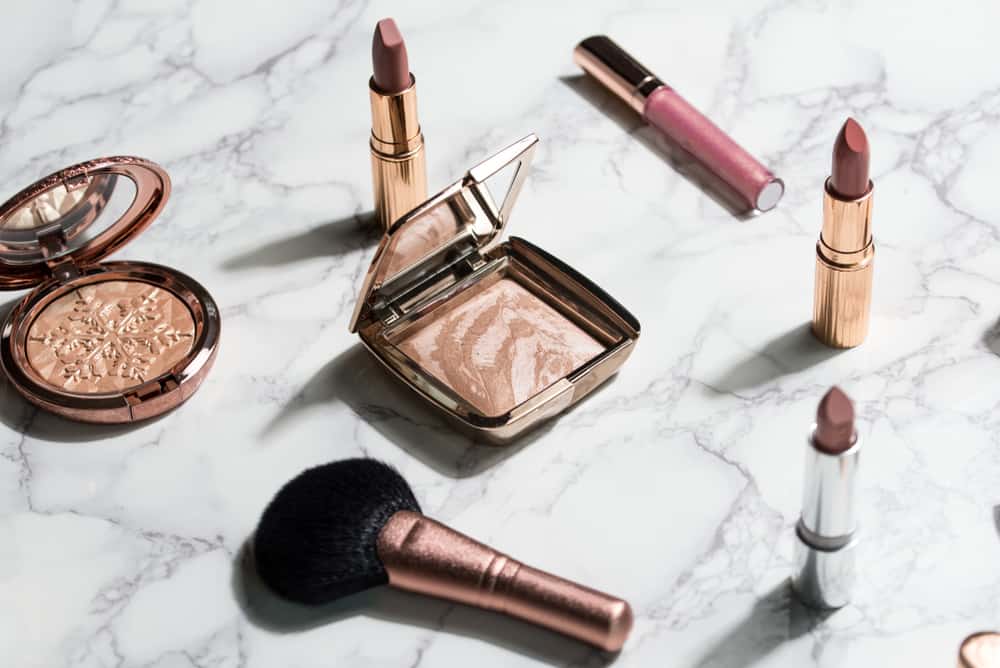
Parabens are synthetic compounds. You may see them listed as ethylparaben, butylparaben, isobutylparaben, methylparaben or propylparaben. These are parabens and they’re found in just about everything you use. That includes shampoo, deodorant, toothpaste, conditioner, lotion and many, many makeup products.
So…are they dangerous? Well, the answer isn’t so simple. The amount of parabens that are in individual products will not harm you. However, parabens are in a lot of products. If you regularly use a great many products that have parabens in them, it all starts to add up. High amounts of parabens can disrupt hormone function, which can increase risk of breast cancer.
What are the right steps to apply makeup?
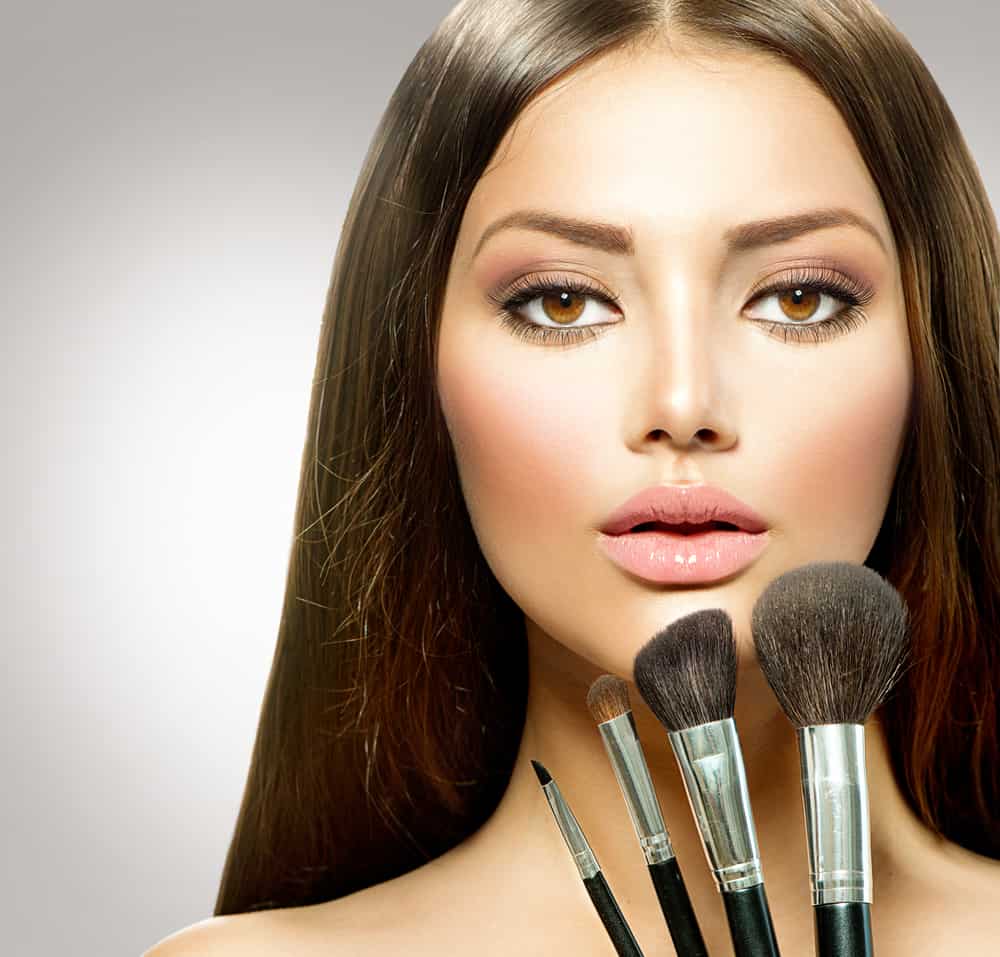
You know what each makeup item does…but in what order should it be applied? Before you put anything on your face, make sure your face is clean. You should also apply moisturizer to your face after it’s been washed. Good skin care is the most important step.
Before you put on any makeup, think about putting on primer. This creates a smooth, silky layer that allows the makeup to go on more evenly.
Apply foundation and concealer next, if you use these items. If you use contour, add it now, along with your bronzer, blush and highlight. Blend! Always blend your makeup using a large, soft, clean makeup brush. Blend it all together so no makeup strokes show and it looks very natural.
Do your brows next. If you don’t wear makeup product on your eyebrows, use an eyebrow brush or a dry mascara brush to brush them out to make them look fuller. You may want to use a brow brush anyway to prep them for makeup.
Now it’s time for your eye makeup. Add your eyeshadow next. Put on eyeliner if you use eyeliner and finish your eyes with mascara. Use an eyelash curler to enhance your lashes if you like.
Put on your lipstick to finish your face. Set your makeup with powder and/or setting spray next.
You may cut out some of these steps, depending on your own makeup needs, but this is the general order you should follow when you’re making up your face.
Is primer necessary?
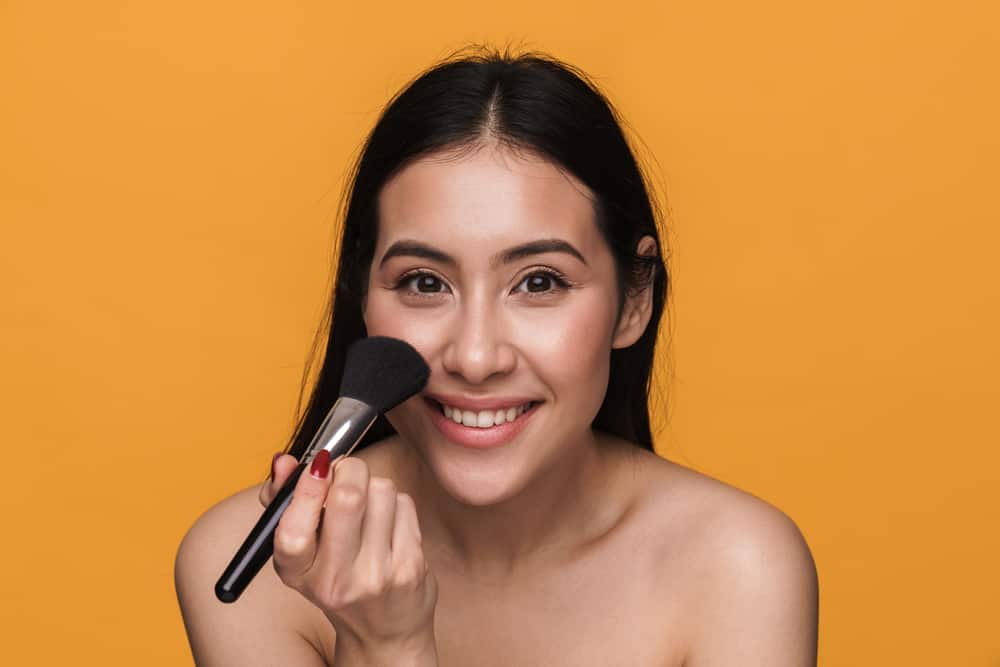
Whether you want to use primer or not is up to you. According to Allure, every makeup artist has a different opinion about it. Some say it’s a must-have, while others say it really just depends on the person wearing the makeup.
How can you make your makeup look natural?
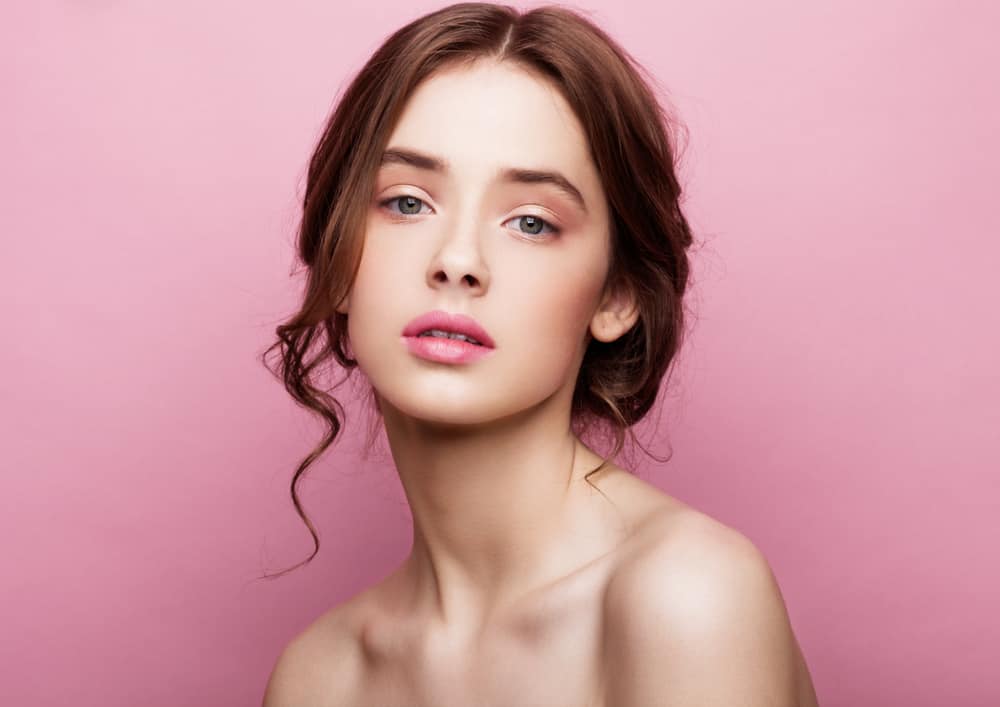
If you’re going for a natural makeup look, less is more. Prep your skin with moisturizer, tinted moisturizer if you’ve got it. Add your primer and then a light coat of foundation, if you use foundation. Use light touches of concealer where needed.
Add a little blush using a very light touch. Lightly apply a neutral shade of eyeshadow across the lid, then a slightly darker shade in the crease. Blend the eyeshadow very well. Brush your eyebrows with a dry mascara brush or an eyebrow brush. Very gently fill in your brows with mascara, eyebrow pencil or eyeshadow as needed. Use a light hand with all your eye makeup to keep the look natural.
A little mascara, gloss and a light touch of face powder will complete your natural look and give you that glow of effortless beauty…a look that takes a lot of hard work to create! Don’t forget the blending brush. Use it to eliminate any visible lines or signs of makeup and create a smooth, even finish.
How do you match foundation?

No one is supposed to know that you’re wearing foundation. Find a foundation that perfectly matches your skin, apply it perfectly and it will look very natural. But that’s the trick: how do you find the right foundation for your skin?
Determine the undertone of your skin. Are you a cool, a warm or a neutral? Some foundations will provide specific names like “cool beige” and “warm “tan” that let you know if it’s meant for cool or warm skin tones.
Look for a foundation that looks like it’s the same shade as your face. Experiment with different shades until you find one that works for you. When all else fails, you can always mix two foundations together to create a shade that’s just right for your own beautiful, natural coloring.
What is mineral makeup?
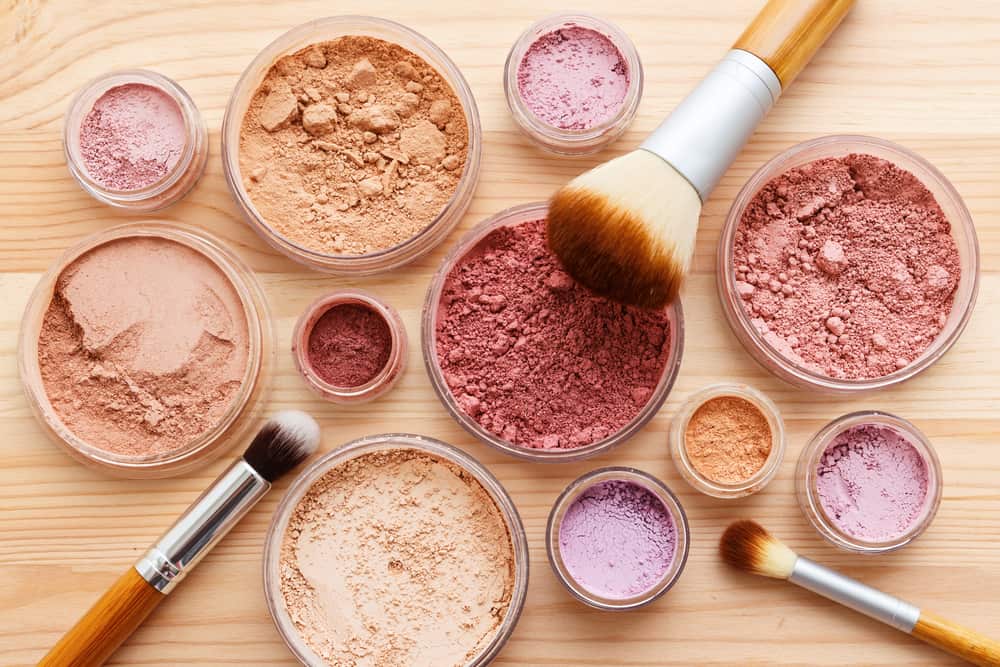
Mineral makeup is hardly a new trend, though it seems to be much talked about these days. Actually, the oldest type of makeup ever created was mineral makeup. Ancient people ground up minerals, turning them into powders of various color pigments that they used to decorate their faces.
Modern mineral makeup became trendy in the 1970s. This was a time in history when environmental concerns were getting a lot of headlines and there was a great focus on using more natural products. Mineral makeup is marketed as natural makeup. Typically, mineral makeup does not contain oils, waxes and fragrances found in other types of makeup. Mineral makeup doesn’t clog pores, the way other types of makeup can.
Because it’s a loose powder, mineral makeup can only be applied with a makeup brush. You can find brushes in all different sizes and for all different purposes. Any powder brush can be used to apply mineral makeup. A short, wide kabuki brush works well for applying both mineral and liquid foundation.
Apply mineral makeup with a blush brush, contour brush, concealer brush, foundation brush, lip brush…you can even get an eyeliner brush if you’re avoiding liquid makeup entirely and using all powder. You can’t really apply mineral makeup with a makeup sponge.
What is HD makeup?
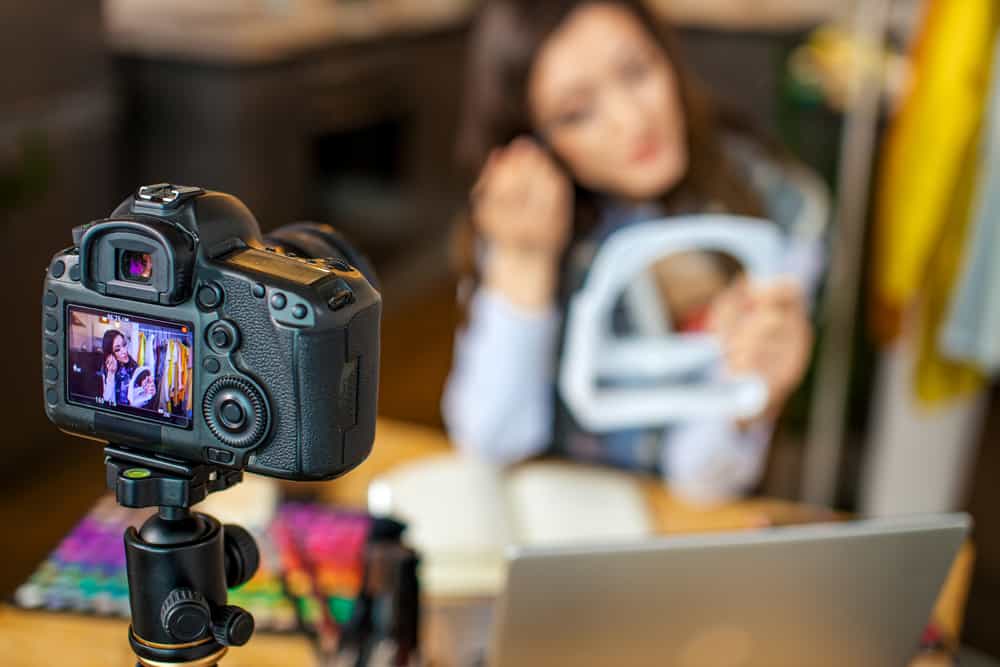
A relatively new innovation in cosmetics, HD makeup is designed to look flawless even close up. It was specifically designed to be worn on camera. This foundation is designed to reflect light the way natural skin does. It’s also made to be pliable and move with the skin, rather than caking up or creasing.
HD makeup has to be carefully applied in order for it to look natural. It also doesn’t work well with oily skin or with skin that needs a lot of coverage, because it’s designed to be extremely lightweight.
What is permanent makeup?

You may have heard about procedures like microblading and permanent makeup. But what is this, exactly? To put it plainly, all permanent makeup is a tattoo on your face.
The most common type of permanent makeup is microblading. This is a technique where tattoo ink is applied to your eyebrow area in short, fine strokes that are made to mimic hairs. This gives your eyebrows a fuller look. This may also be called microshading or brow feathering.
Tattoos do fade over time, so you will need to touch up your “permanent” makeup if you want it to keep looking good.
Another common type of permanent makeup is lip tinting, also known as lip blushing. This is actually a rather intensive procedure that may require two to three visits before even coverage is achieved because it is difficult to tattoo lips. This can also be a rather painful experience. Your mouth will be sore and puffy for up to a week following the treatment, and the treatment will hurt a great deal while it’s being performed.
You can also have permanent eyeliner tattooed on, or have freckles tattooed on your nose and cheeks. Freckles create a very youthful look. Like all tattoos, however, these will need to be touched up regularly if they’re going to keep looking fresh.
Why is it called makeup?

In 1821, the term “makeup” referred to the way something was put together but the word itself dates to the 1300s. Back then, it was used to mean the same thing as “prepare.” Beginning in the 1600s, it was used to mean ending an argument or to settle differences.
It was in the early 1800s that the term makeup was applied to stage actors. It was used to refer to the costumes and face paints they wore. Later, makeup was used by Hollywood glamour guru Max Factor to refer to cosmetics applied to the face.
References:
Fashionista: The Difference Between BB, CC and DD Creams
Good Housekeeping: The Long (and Hairy!) History of Eyebrows
HowStuffWorks: How Makeup Works
InStyle: What Every Beginner Needs in Their Makeup Kit, According to Experts
Styles Weekly: 15 Glamorous Makeup Looks for Different Occasions
Vogue: 7 different types of foundations and how to pick the best one for yourself


